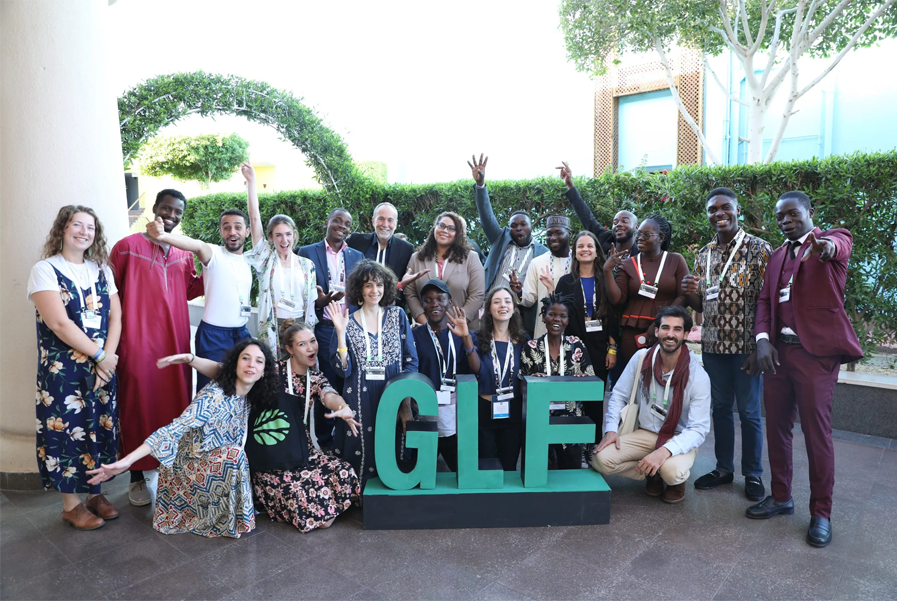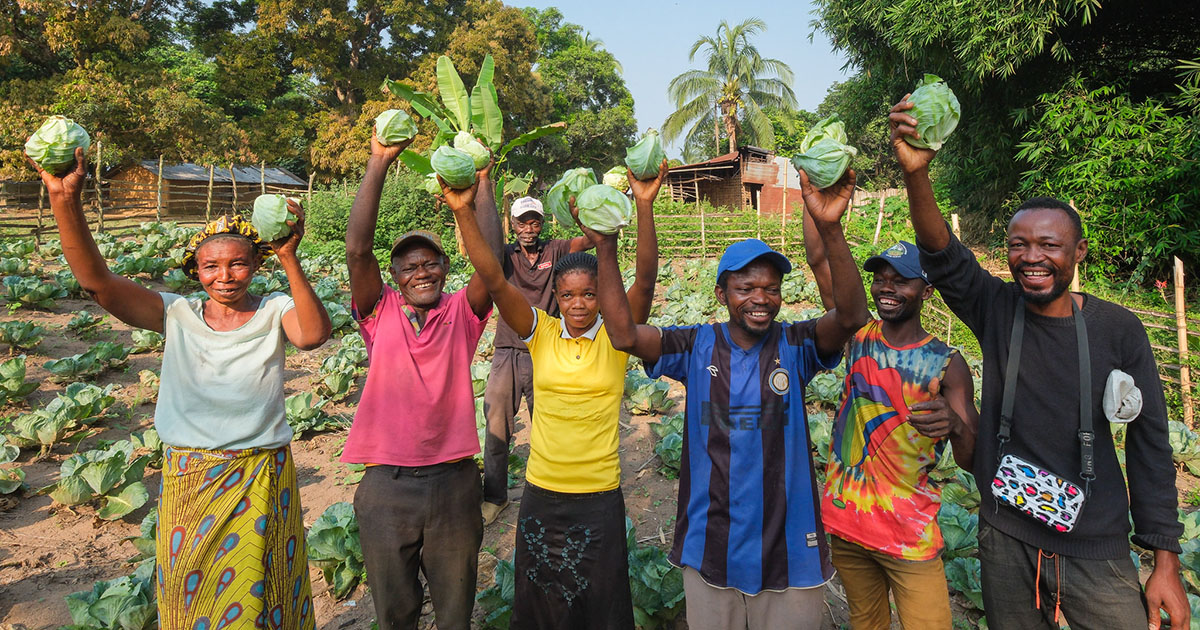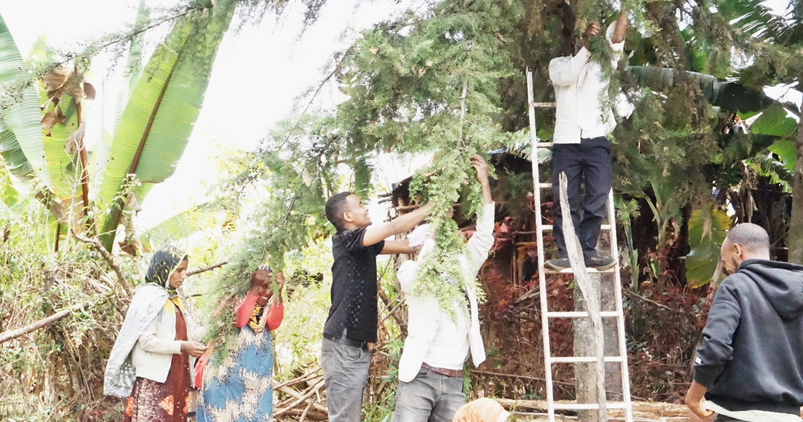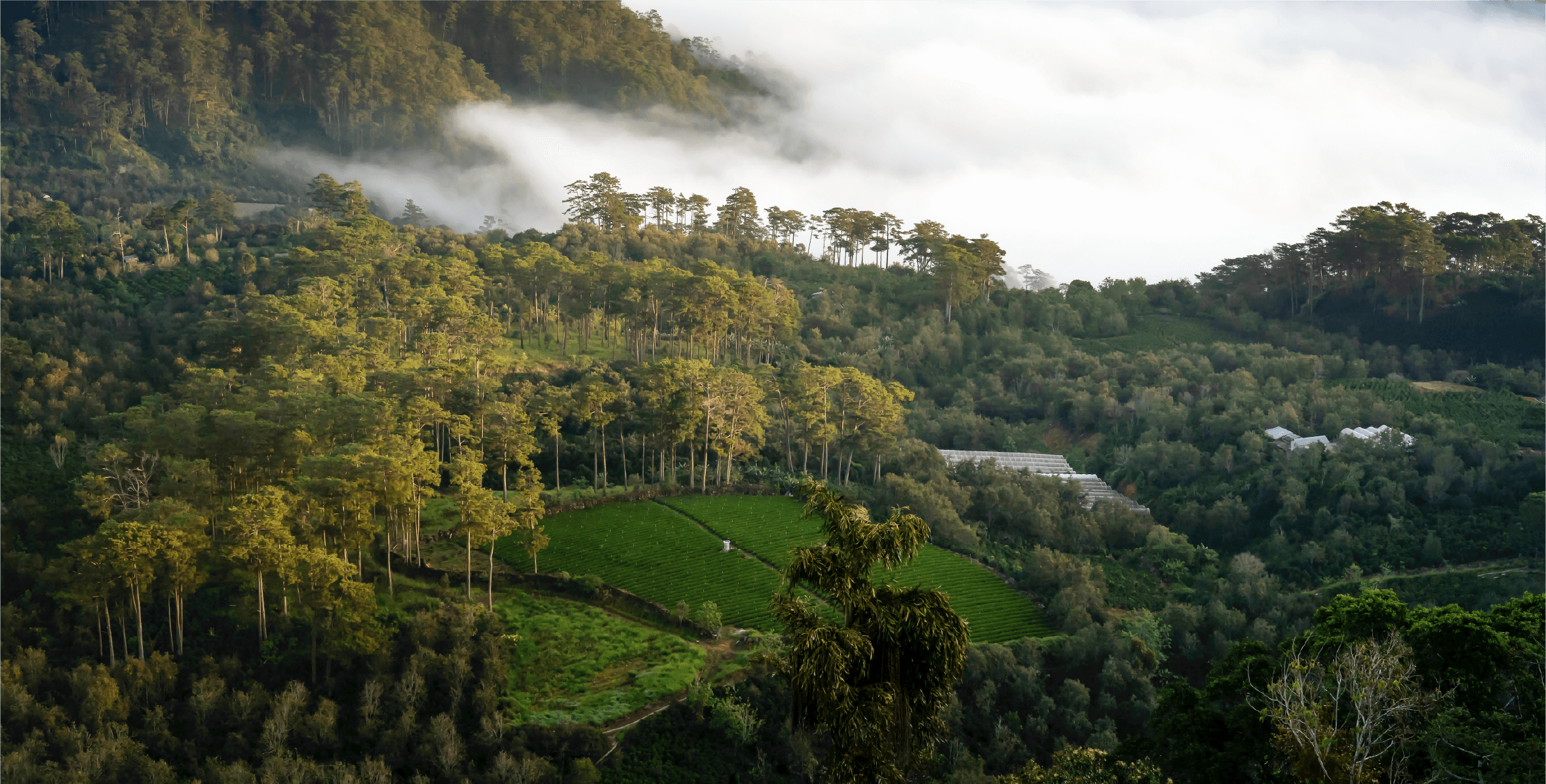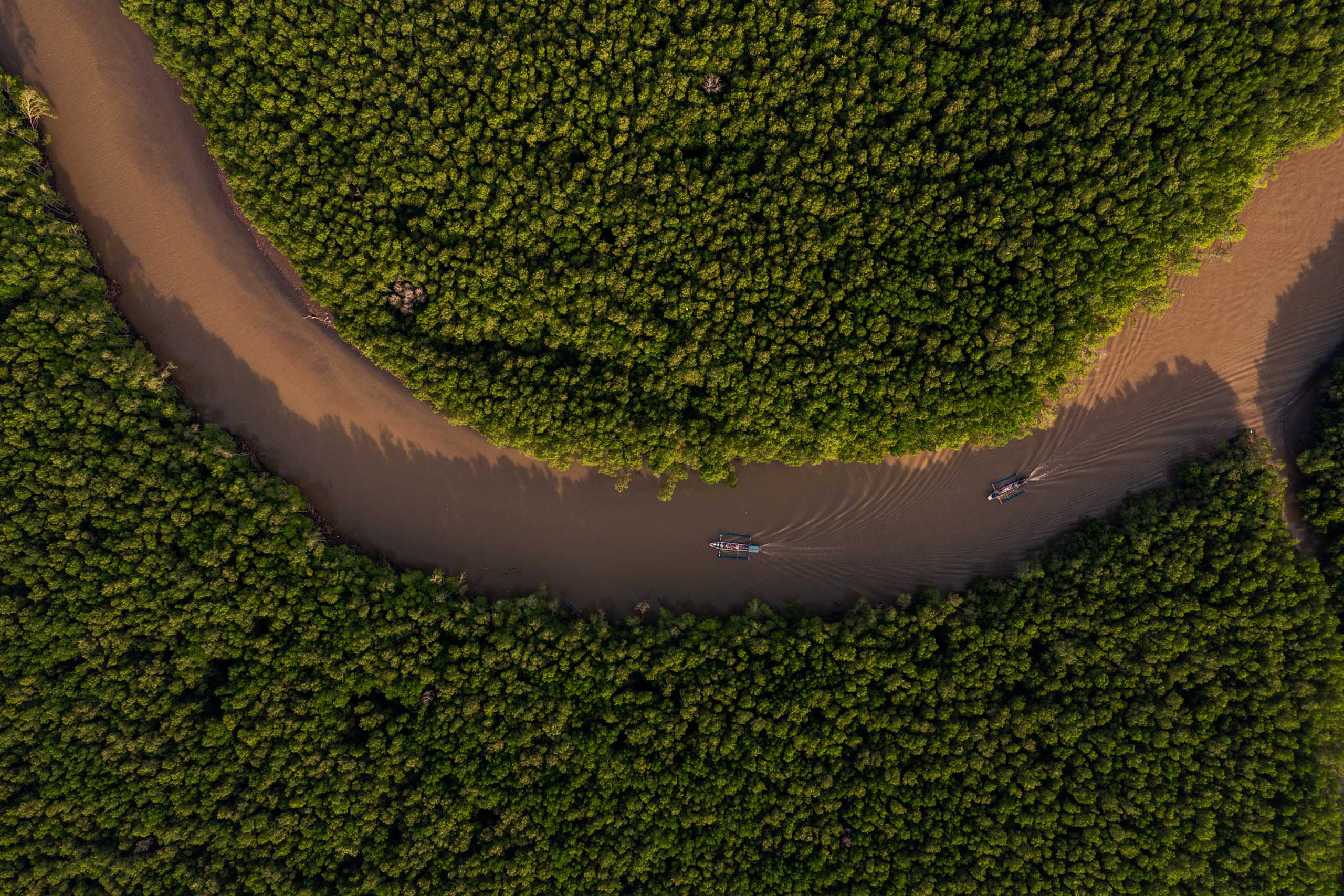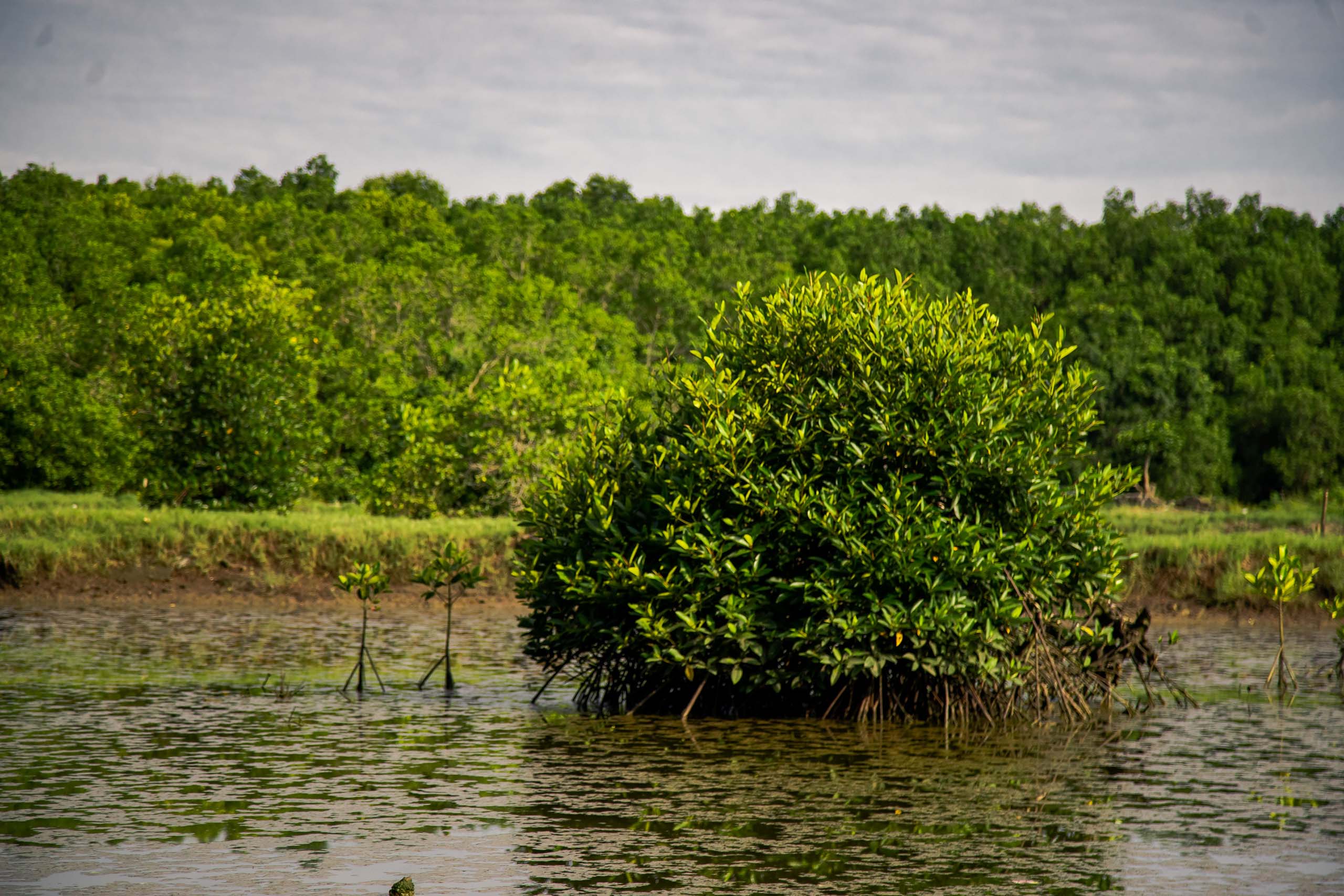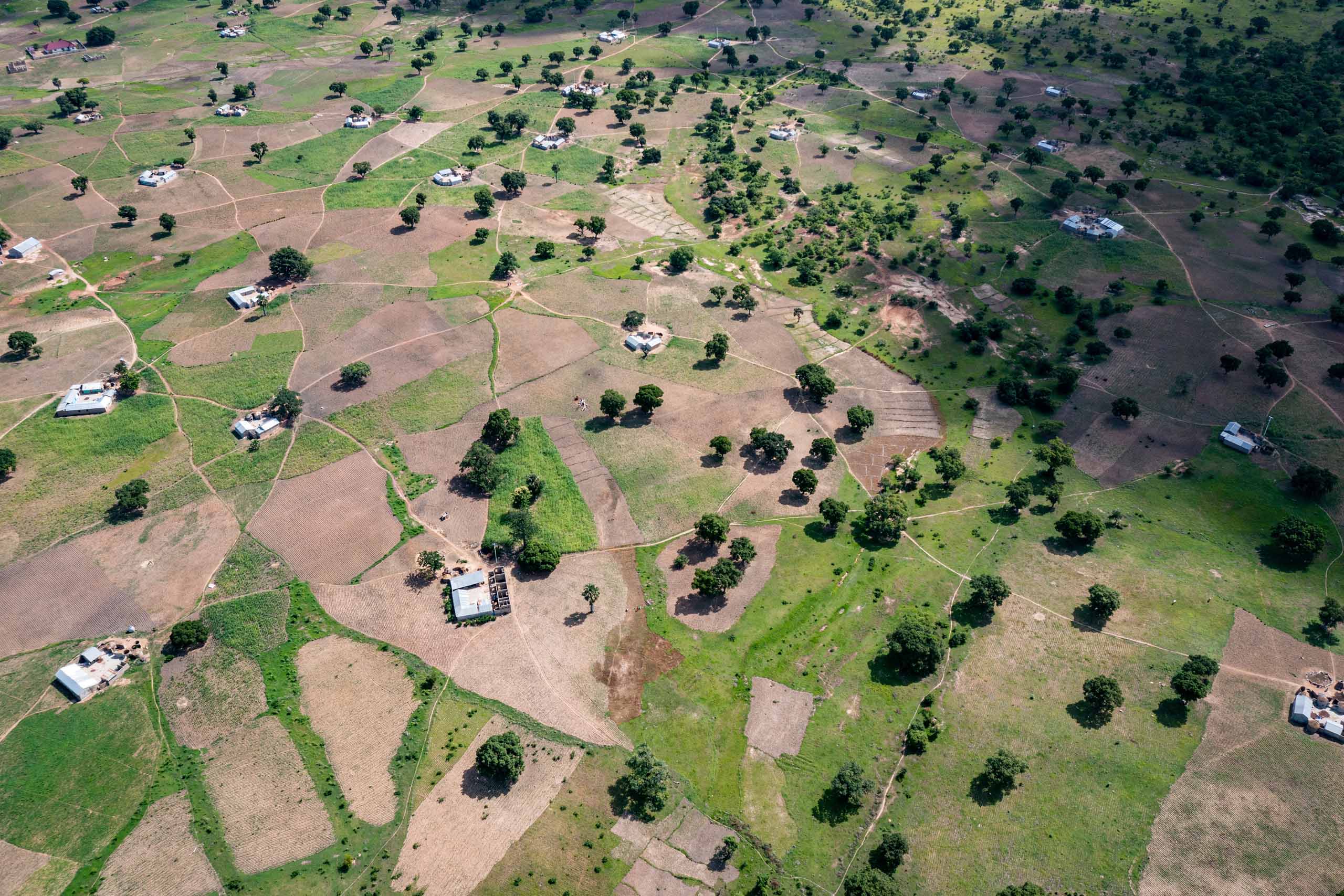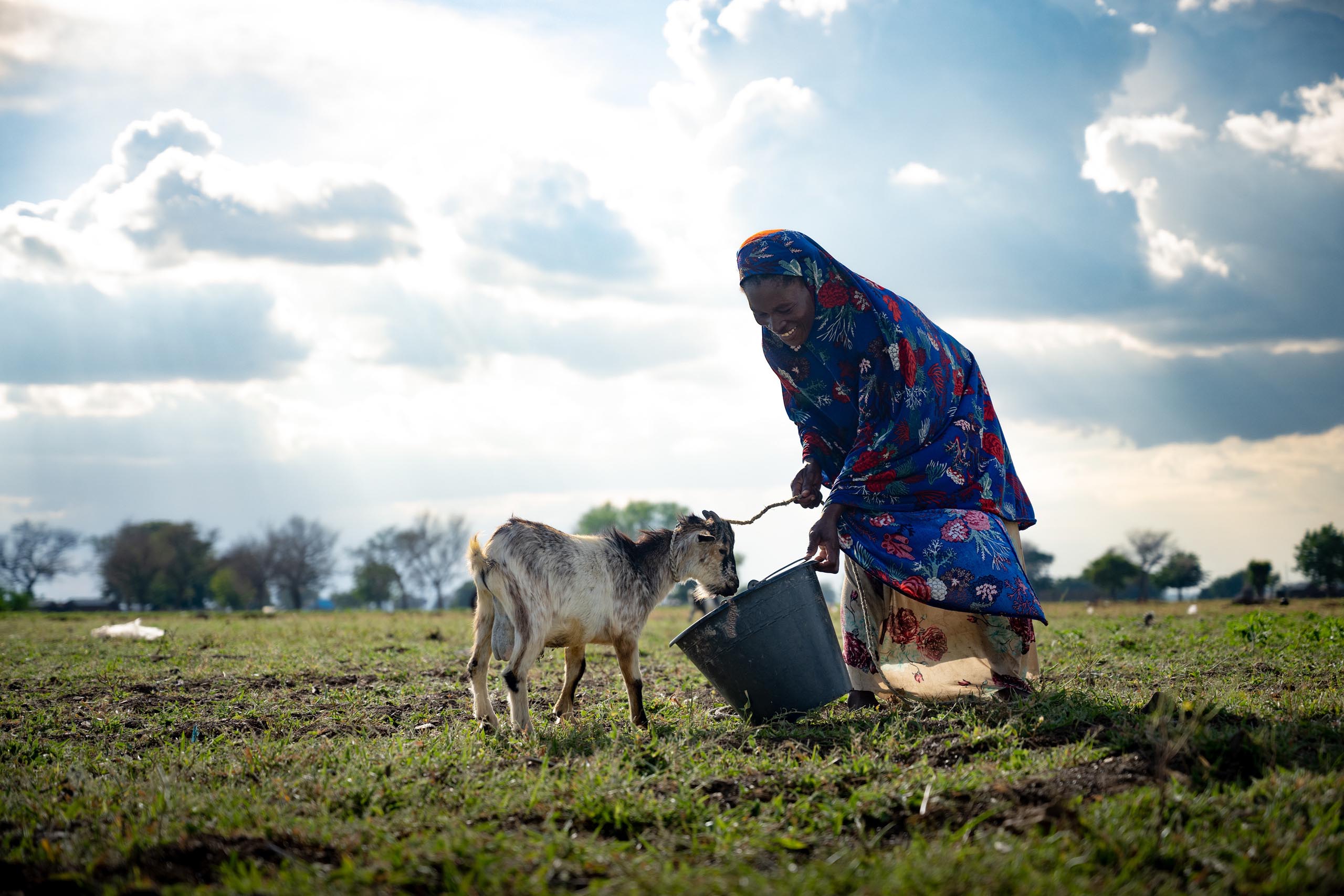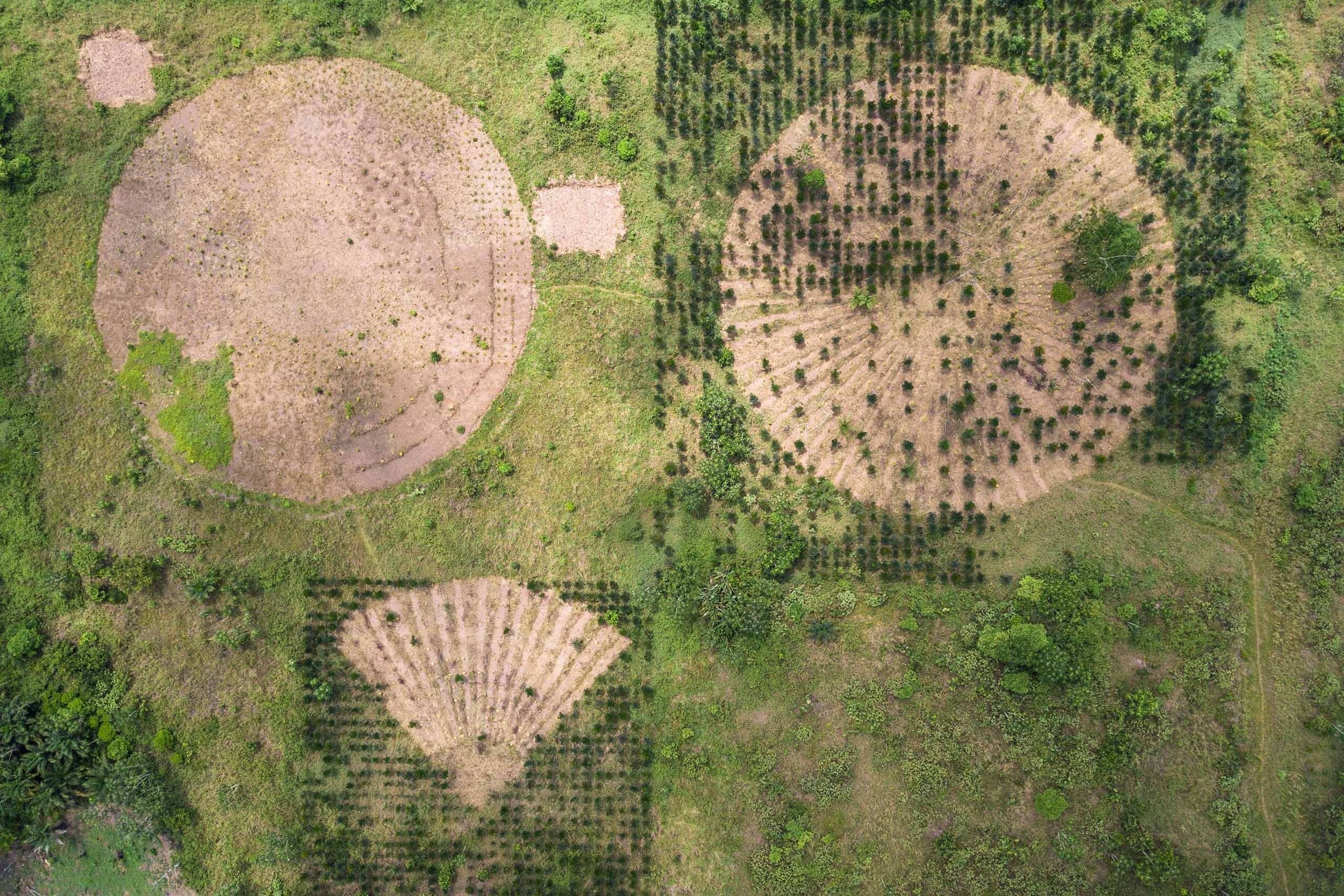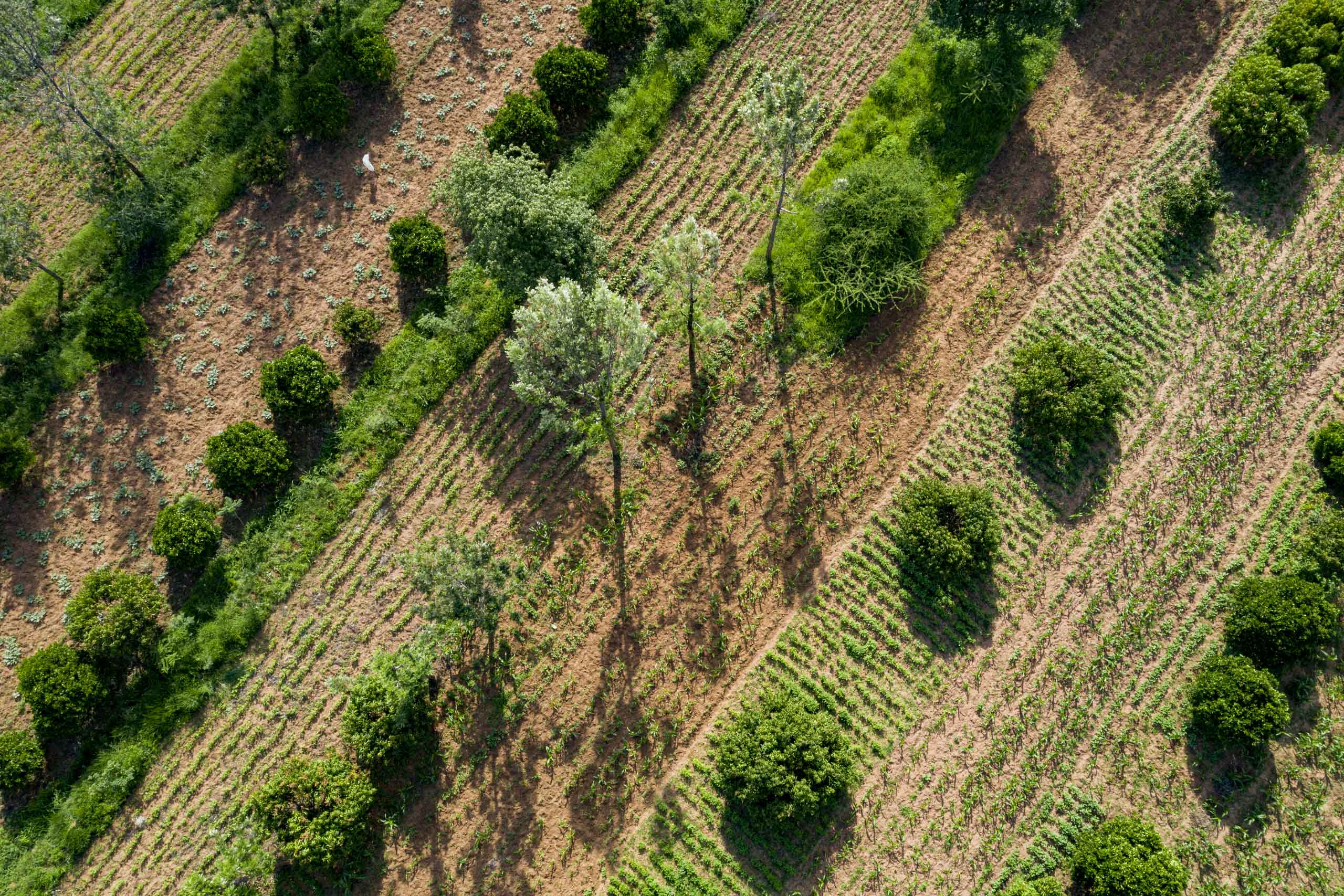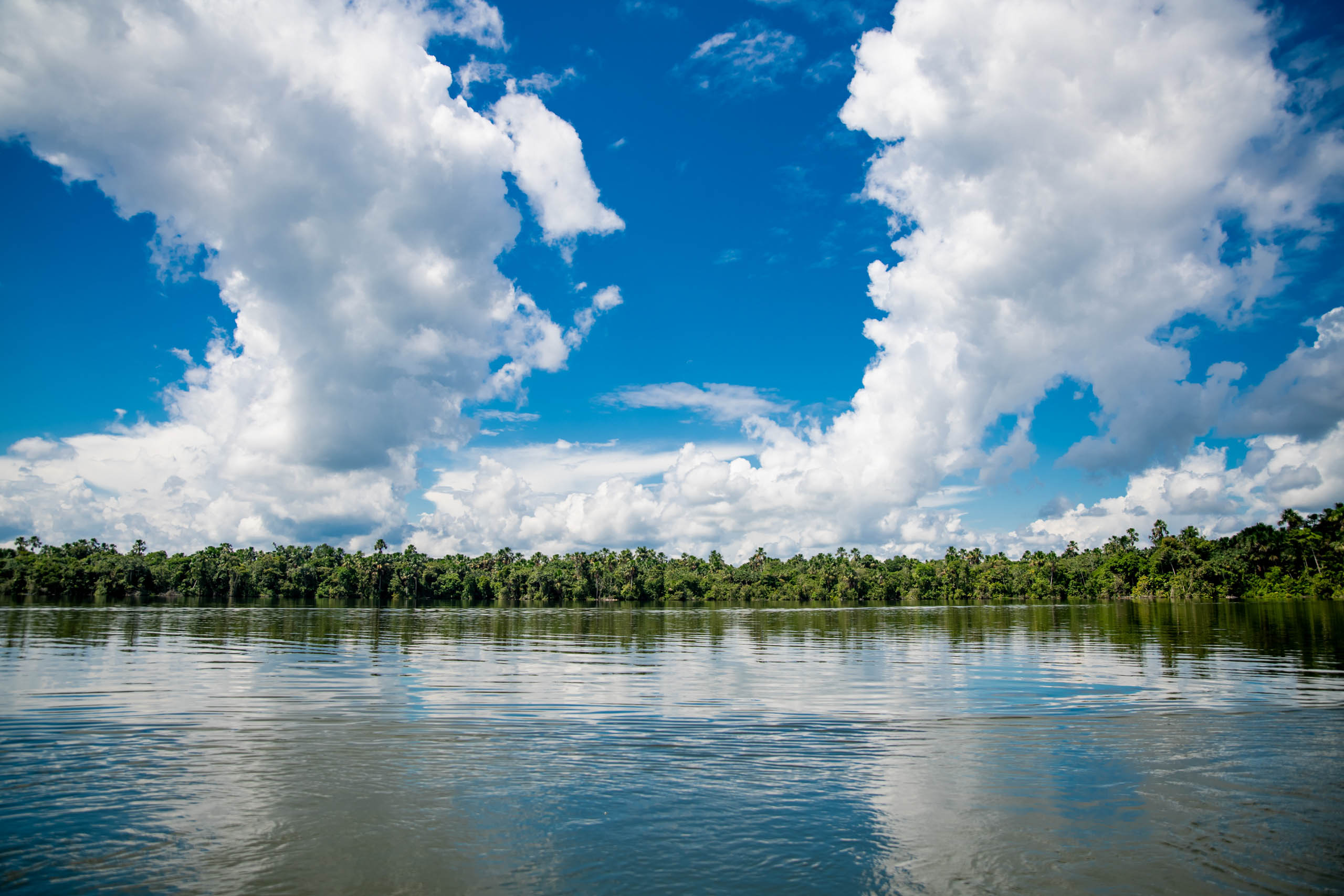Publications
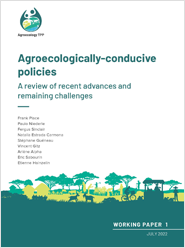
Agroecologically-conducive policies: A review of recent advances and remaining challenges
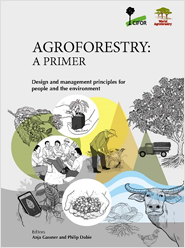
Agroforestry: A primer
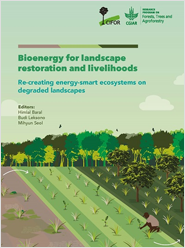
Bioenergy for landscape restoration and livelihoods: Re-creating energy-smart ecosystems on degraded landscapes
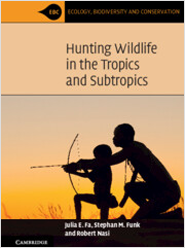
Hunting Wildlife in the Tropics and Subtropics
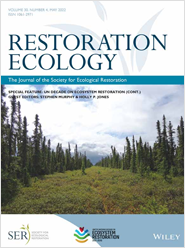
Ten people-centered rules for socially sustainable ecosystem restoration
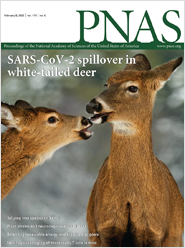
The number of tree species on Earth
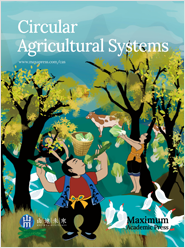
Trees as hotspots: Using forests, trees, and agroforestry to foster diverse sustainable landscapes
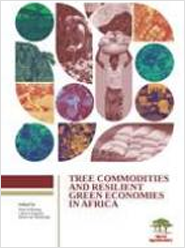
Tree Commodities And Resilient Green Economies in Africa
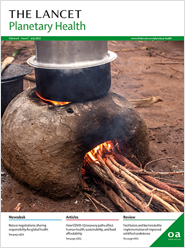
Transforming food systems with trees and forests
News
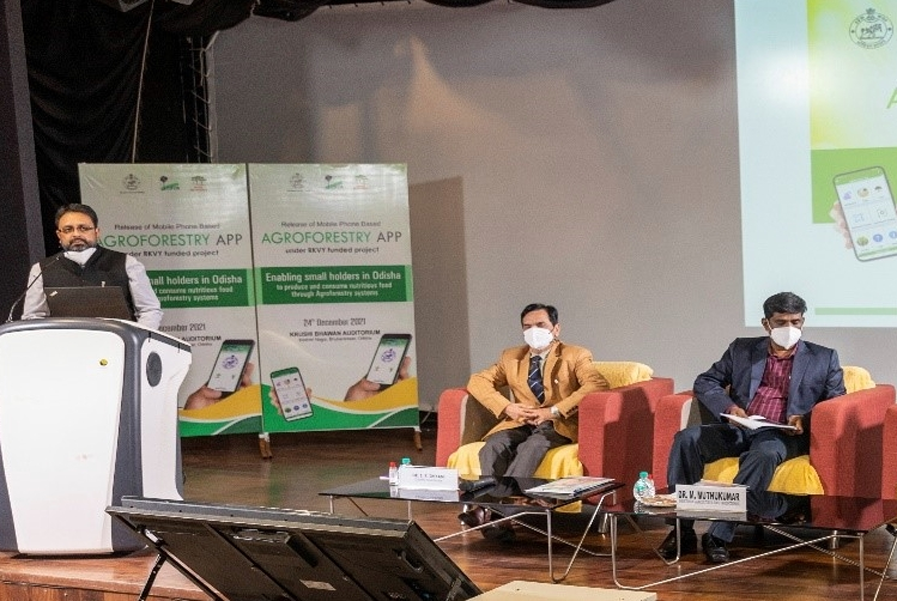
Agroforestry App: set to accelerate agroforestry in India
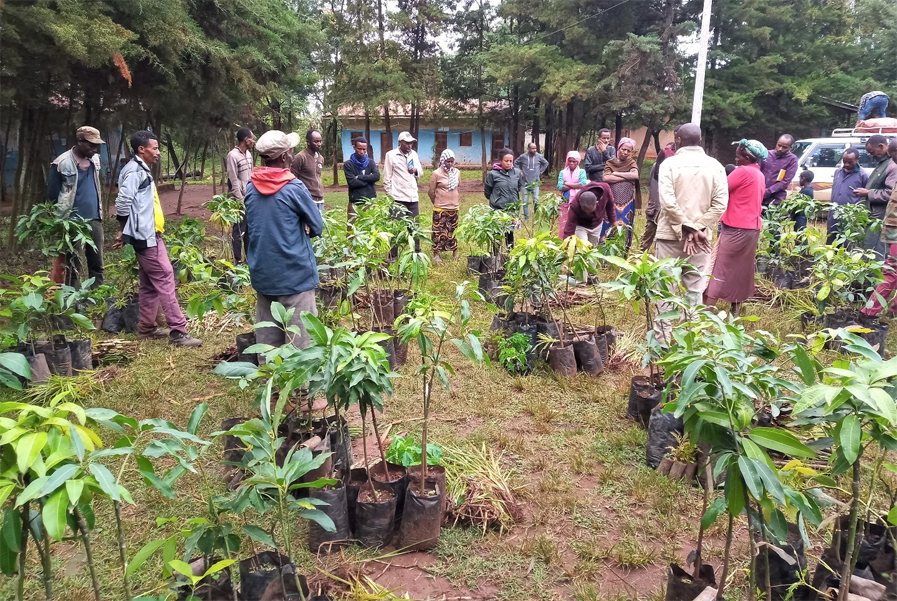
Beyond the Green Legacy Initiative in Ethiopia
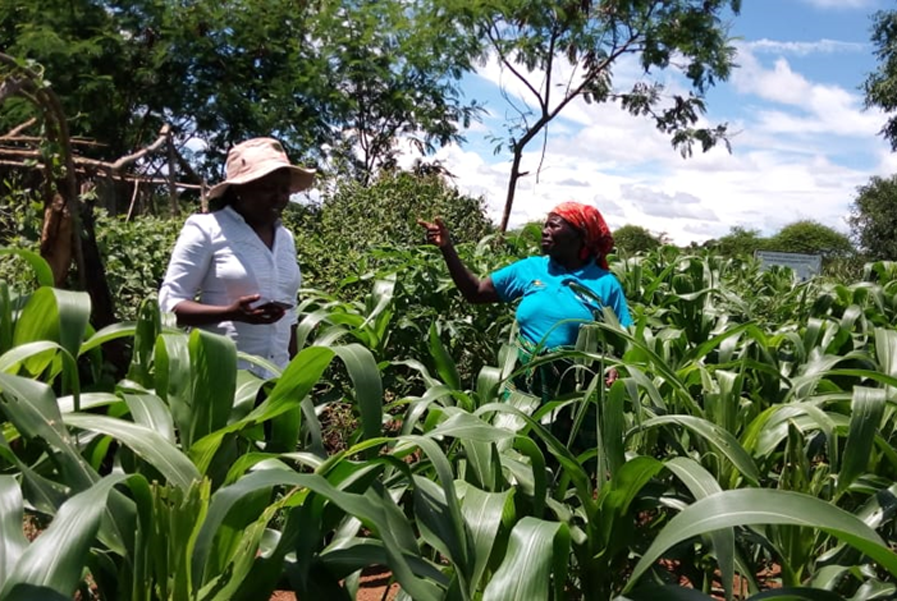
Is an agroecological transition viable in Africa?
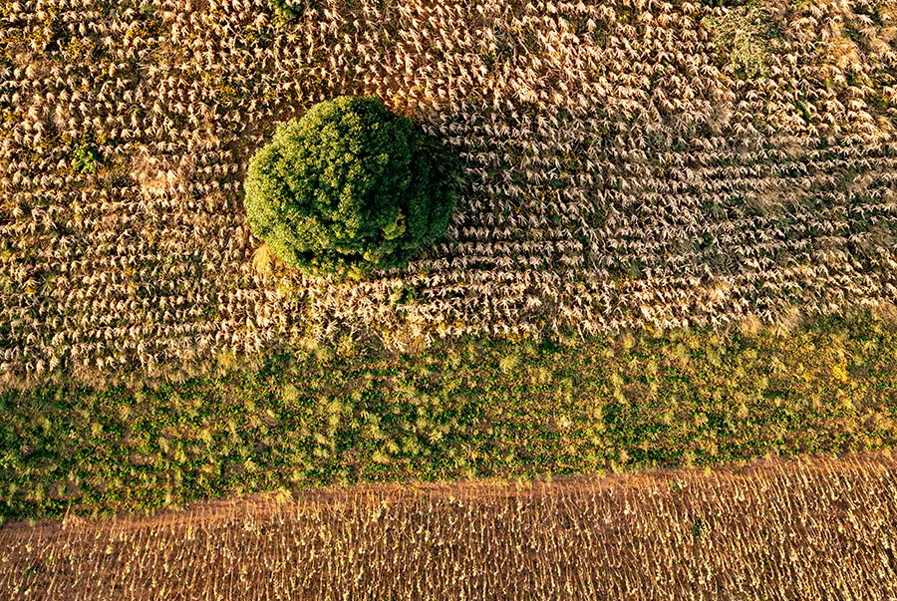
COP 27 leaders urged to kick-start restoration of soil ecosystems
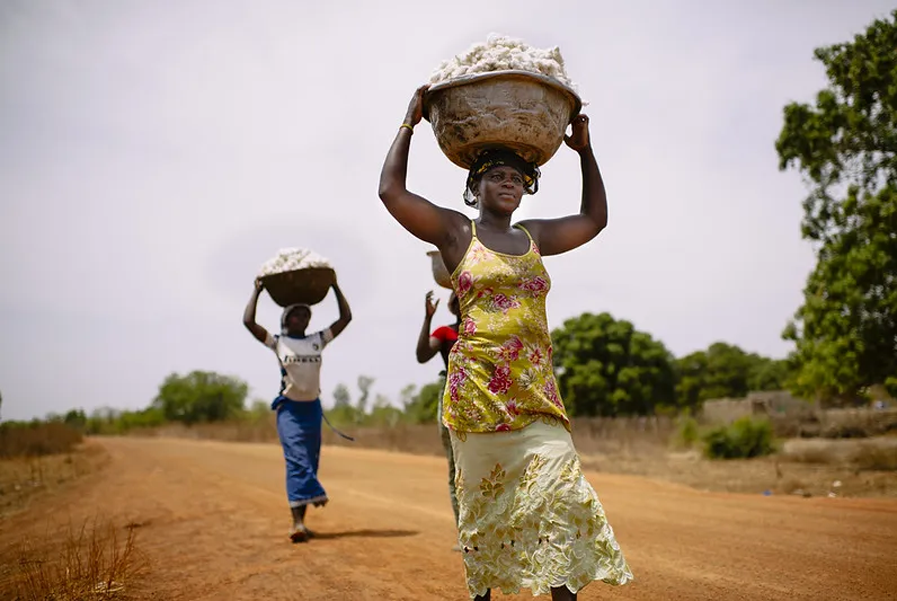
Securing land tenure for women and girls to promote climate change resilience
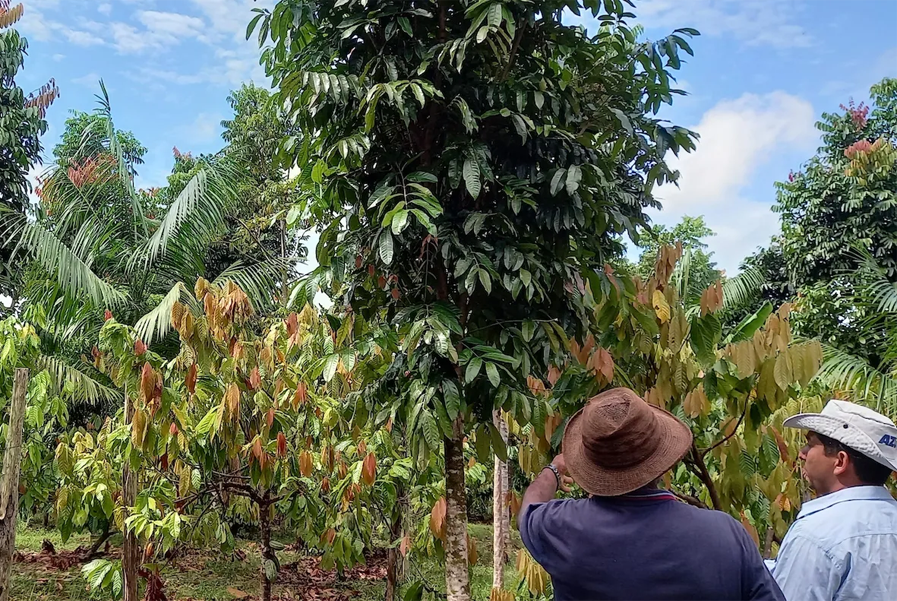
Oil palm agroforestry in Brazil dispels myths about monocultures
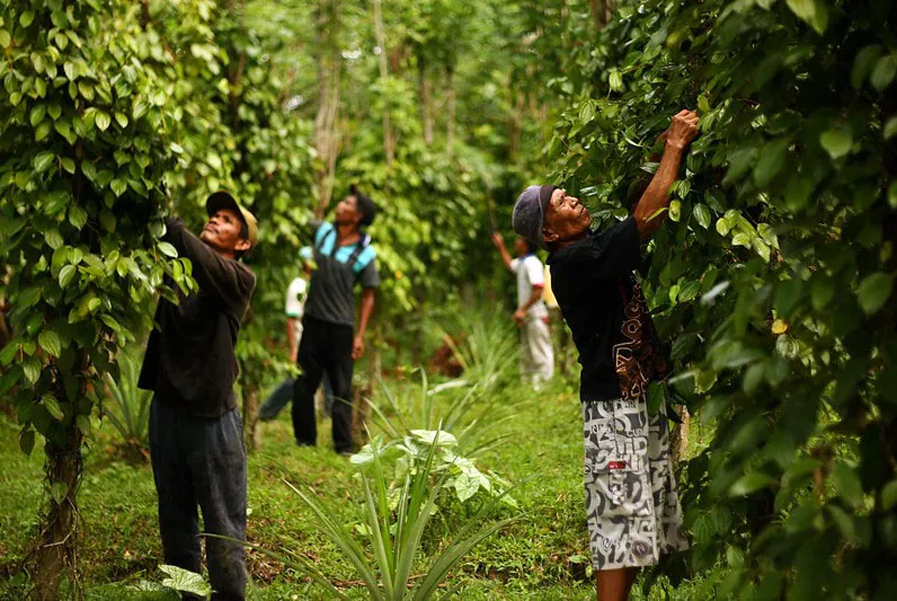
BOOK LAUNCH: new agroforestry manual seeks to help transform food systems
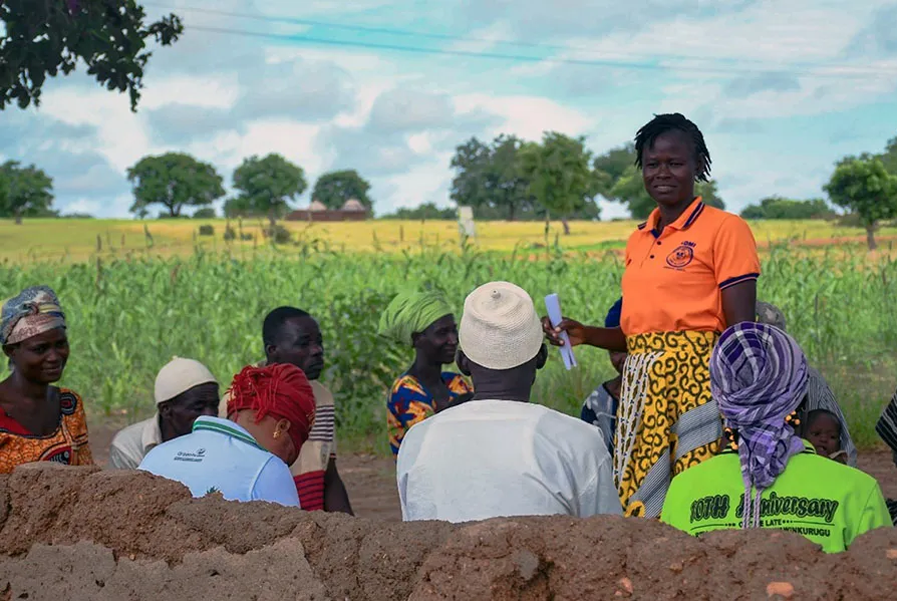
How far has the talk walked? Glasgow Leaders’ Declaration on Forests and Land Use
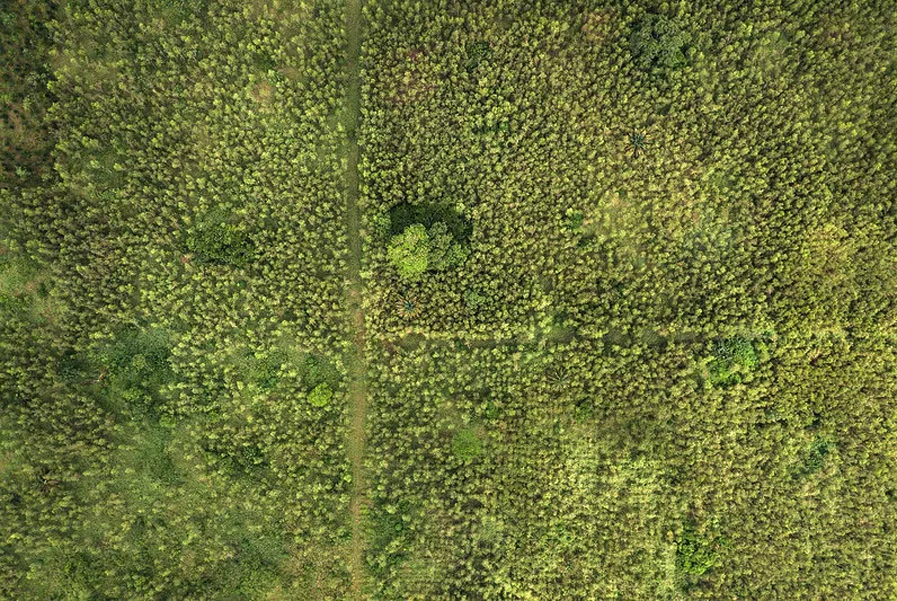
Do climate pledges rely too much on tree planting?
Features
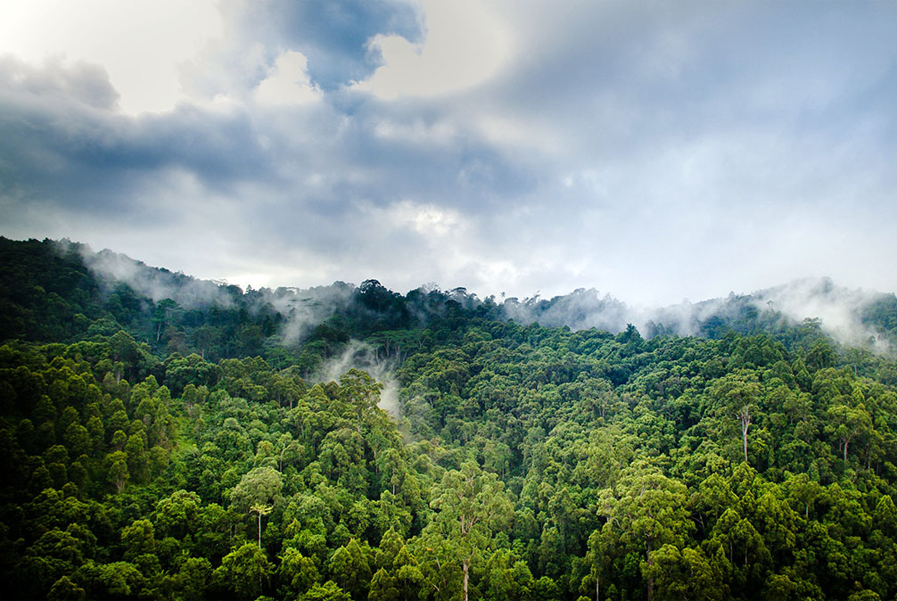
Trees and forests: An investment in climate resilience
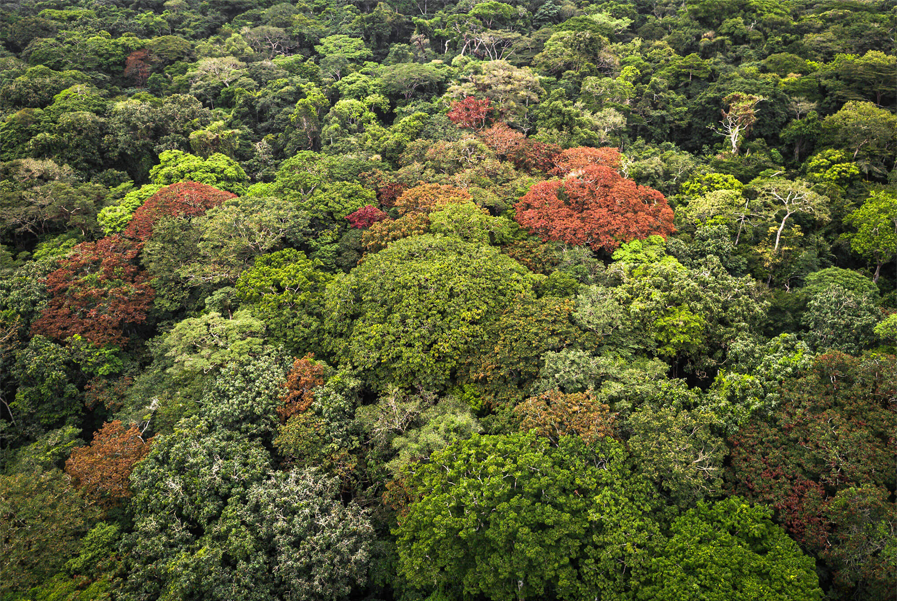
Forests and Trees: At the front line of climate change
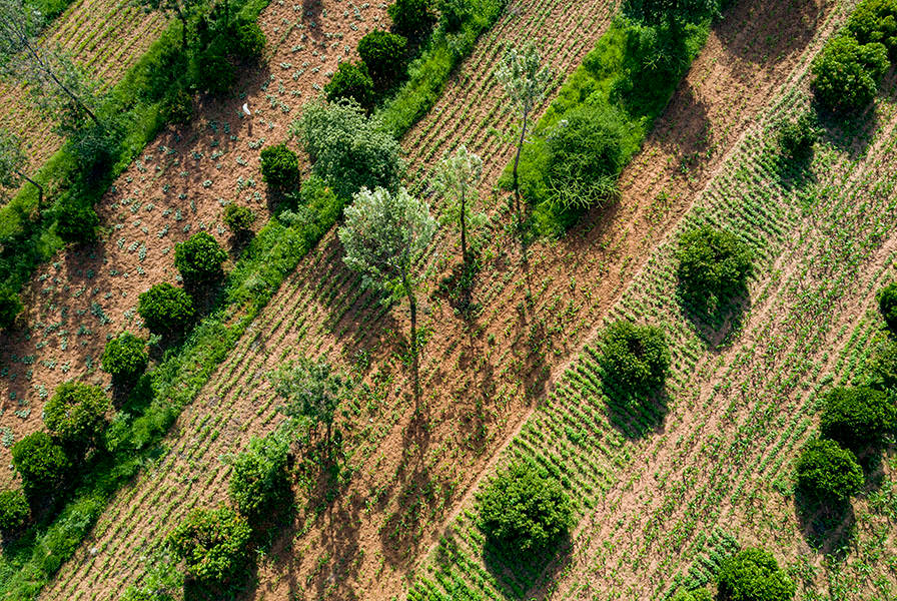
Trees for biodiversity: From farm to forest
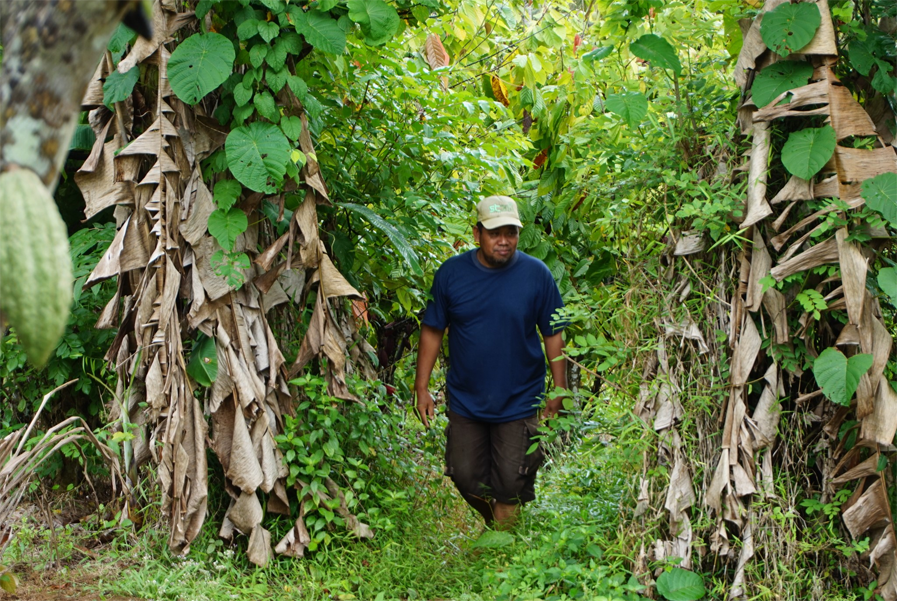
Agroforestry: A pathway to a viable world
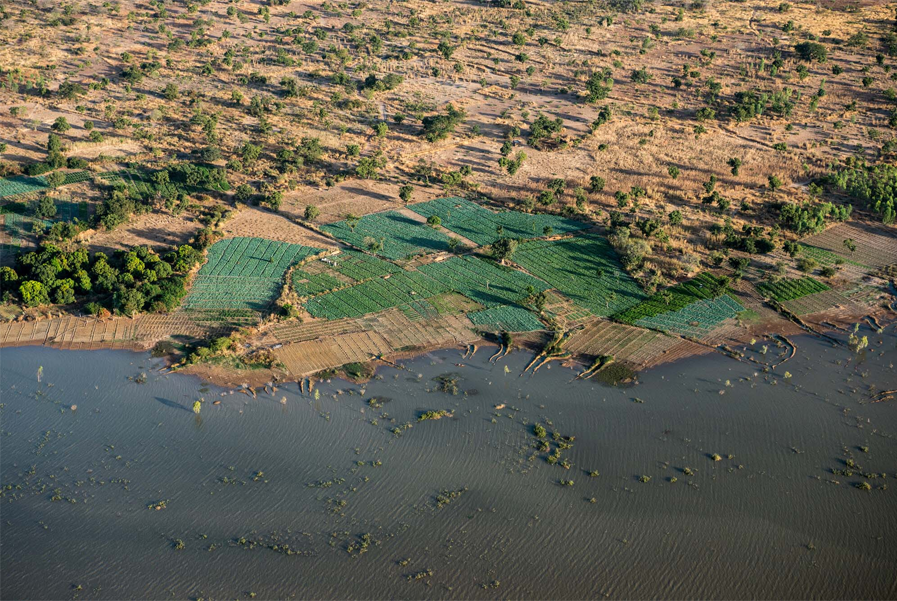
Combating desertification: Preventing drought through land restoration
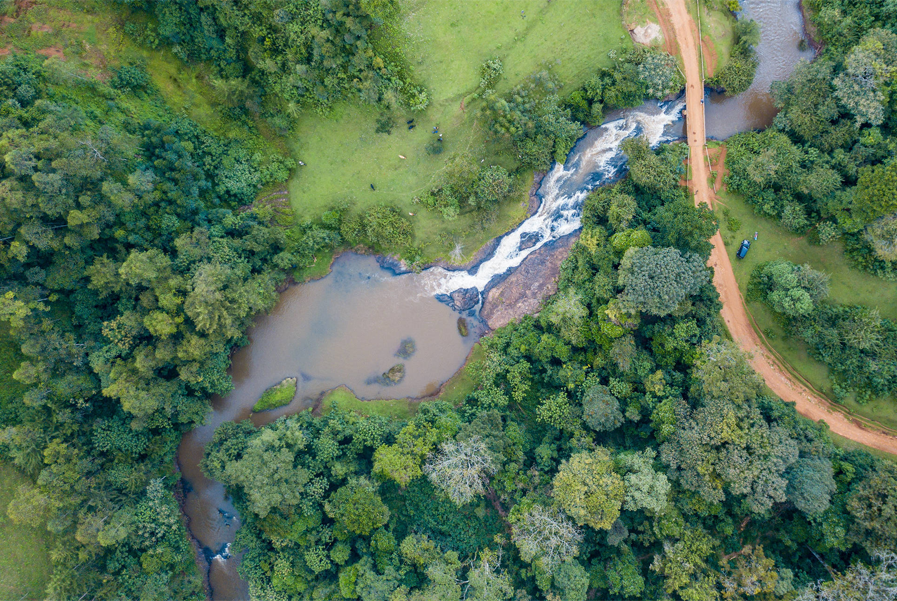
No water without trees: Forests, agroforestry and rainfed agriculture
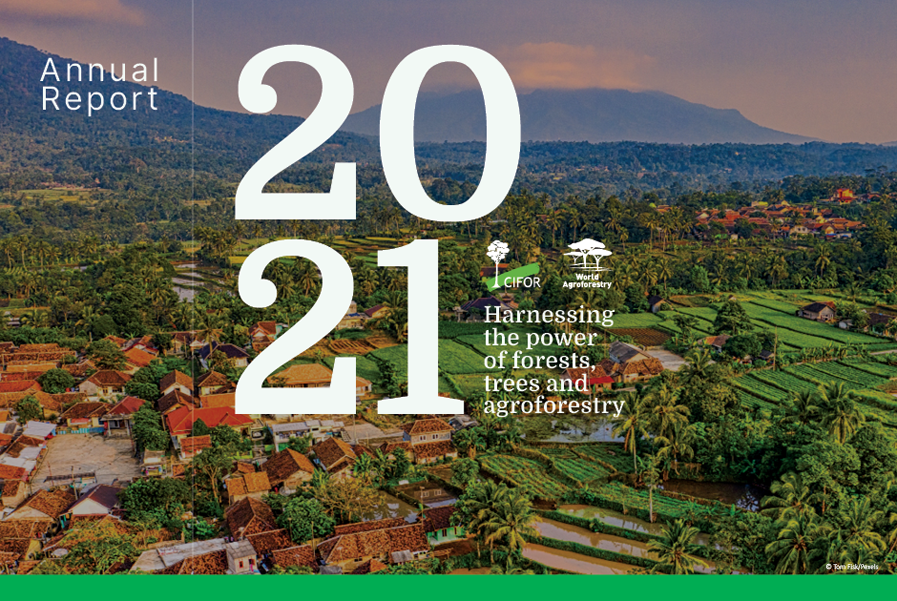
Annual report 2021: Harnessing the power of forests, trees and agroforestry

Gender and Social Inclusion

Wetlands for the future
Videos
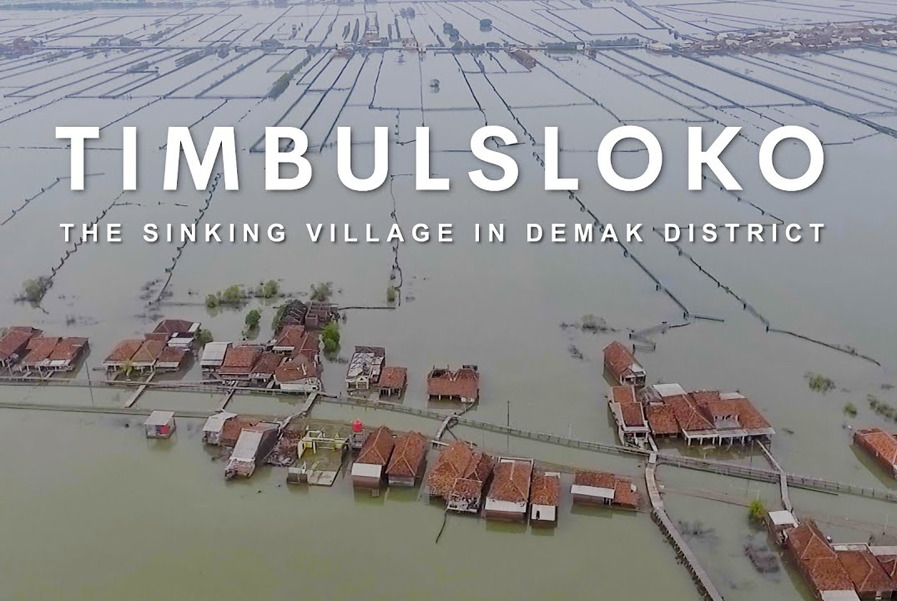
Timbulsloko: the sinking village in Demak District
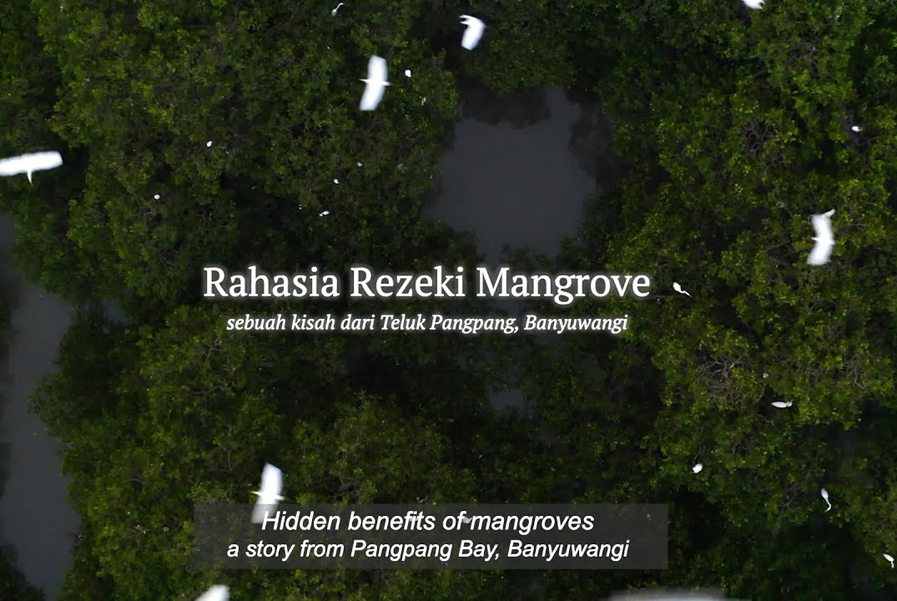
Hidden benefits of mangroves: a story from Pangpang Bay, Banyuwangi
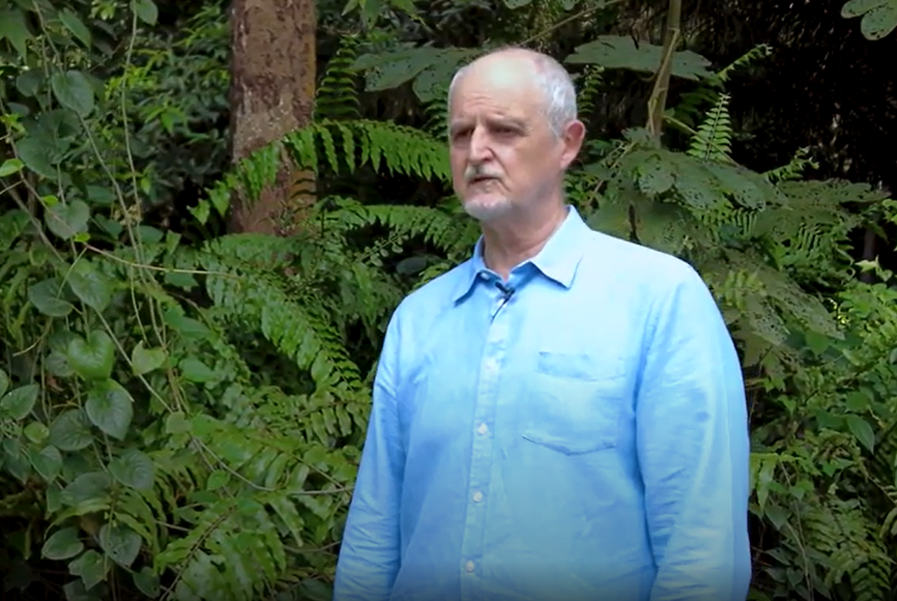
CIFOR-ICRAF Managing Director Robert Nasi’s remarks on International Forests Day 2022
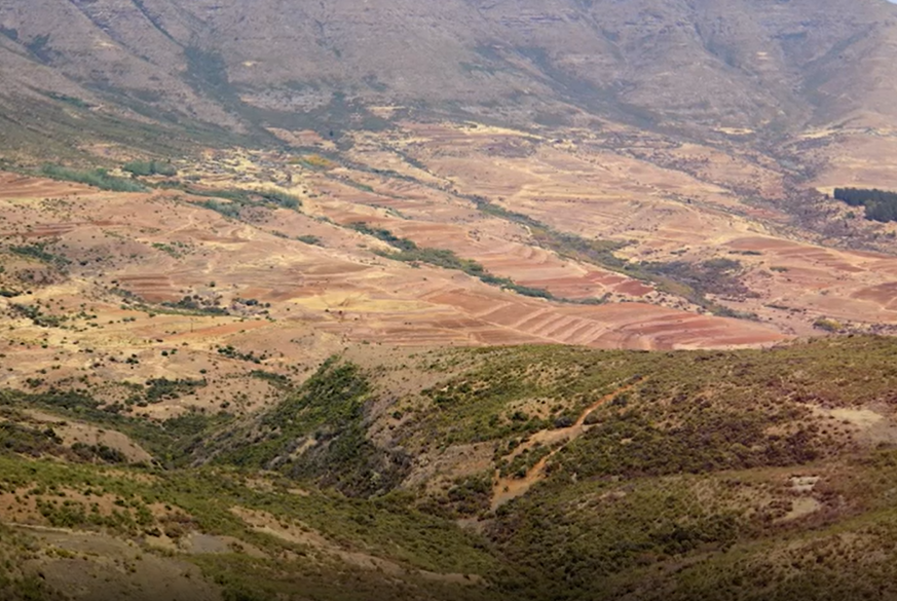
Coalition of Action for Soil Health: Global Soil Hub
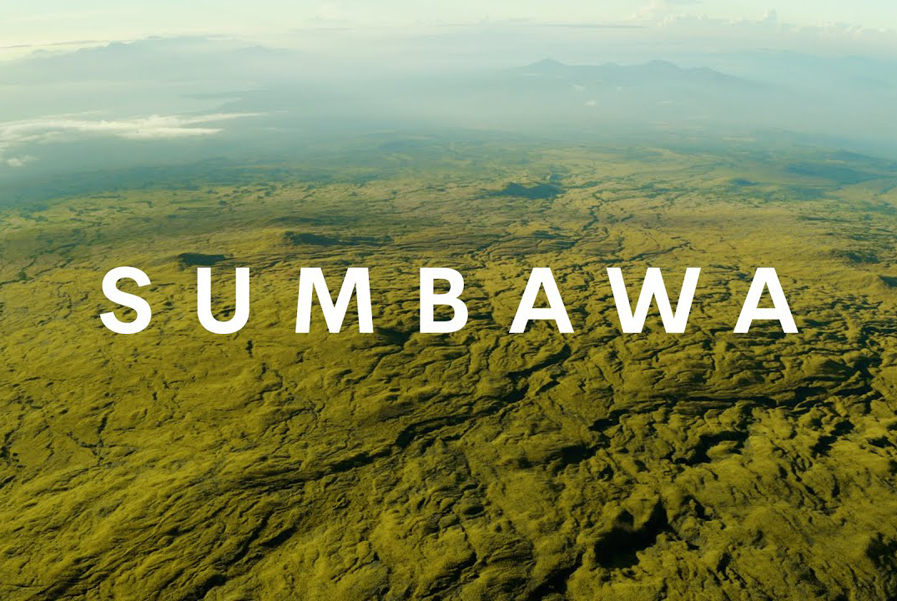
Multistakeholder initiatives: fostering landscape-based natural resources management in Sumbawa
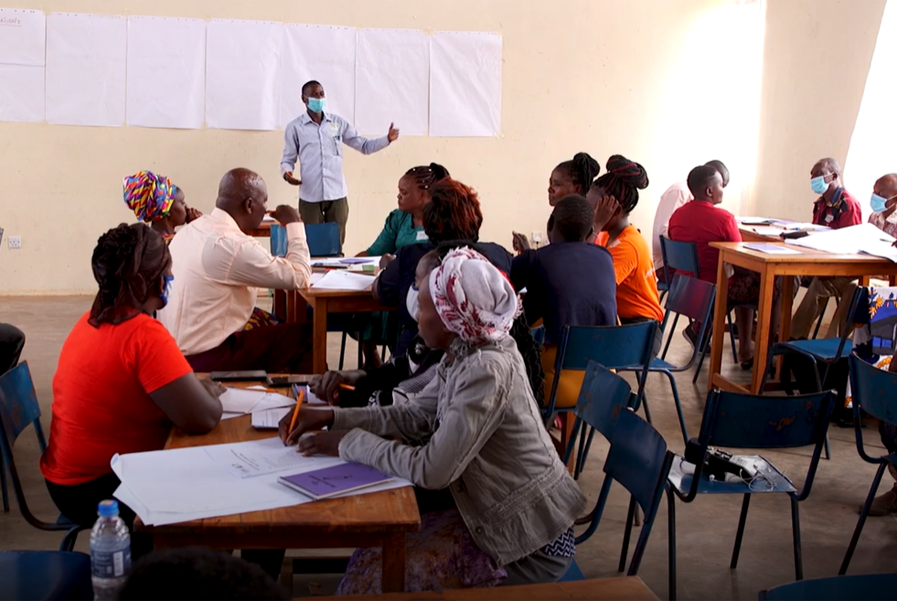
Land restoration: gender transformative approaches

Turning women into nutrition ambassadors to fight malnutrition in East Cameroon
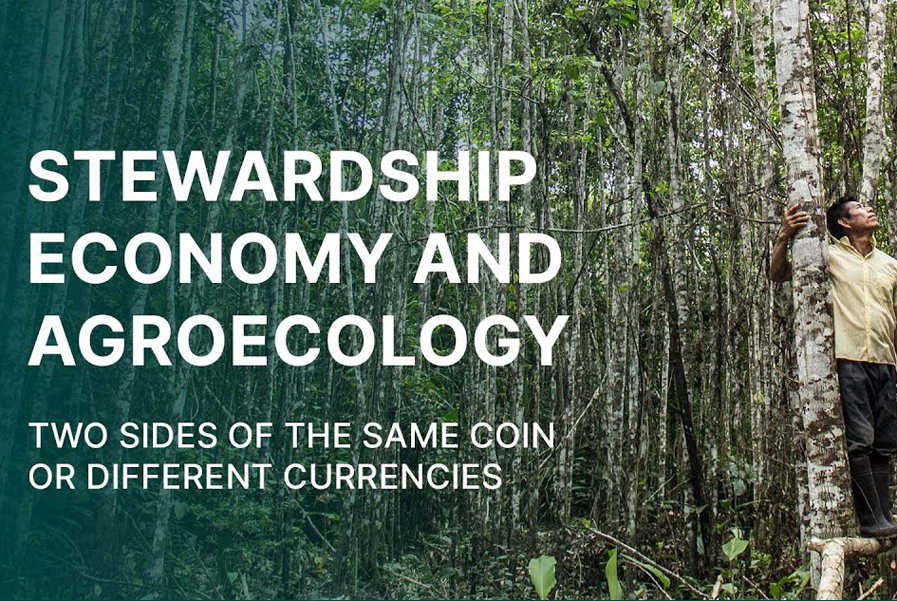
Science Week 2022 – Stewardship economy and agroecology

Mountain Futures
Photos
Podcasts
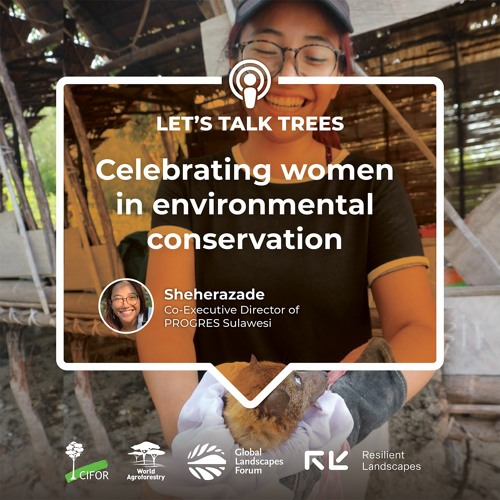
Celebrating women in environmental conservation
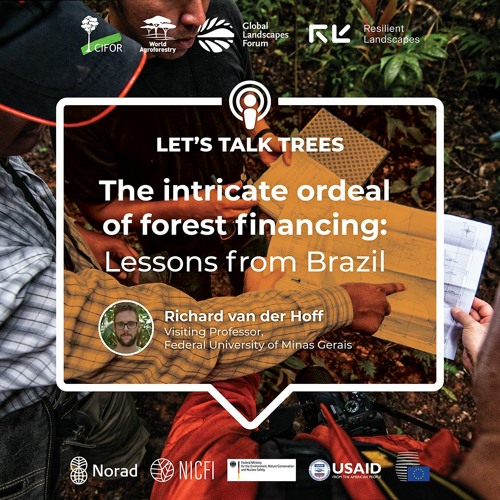
The Intricate ordeal of forest financing: lessons from Brazil
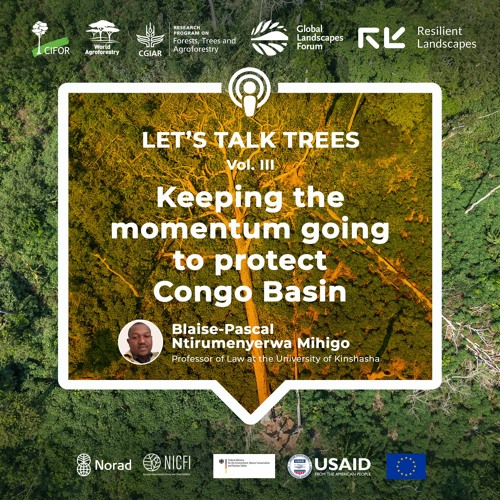
Keeping the momentum going to protect Congo Basin
Events
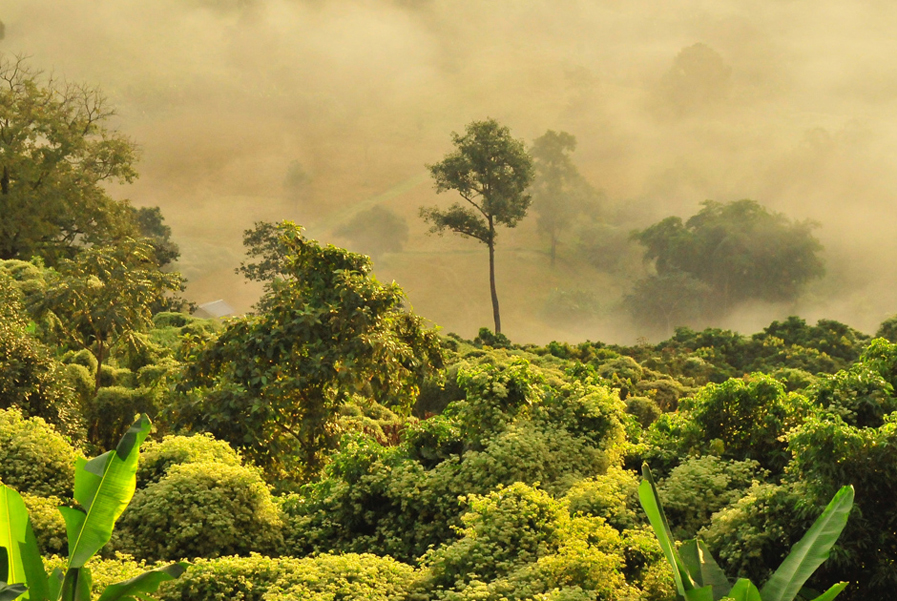
CIFOR-ICRAF at UNCBD COP15
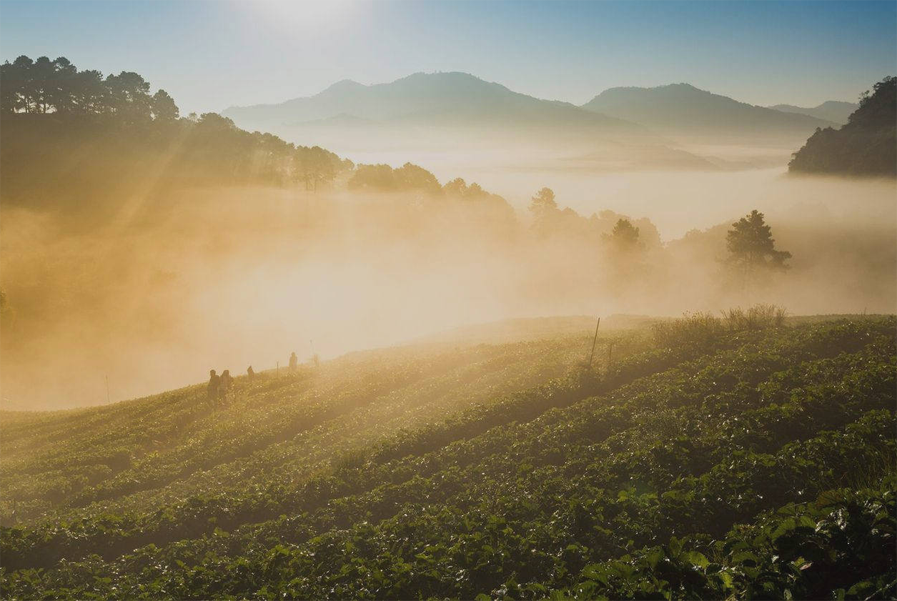
CIFOR-ICRAF at UNFCCC COP27 – Trees and forests: An investment in climate resilience
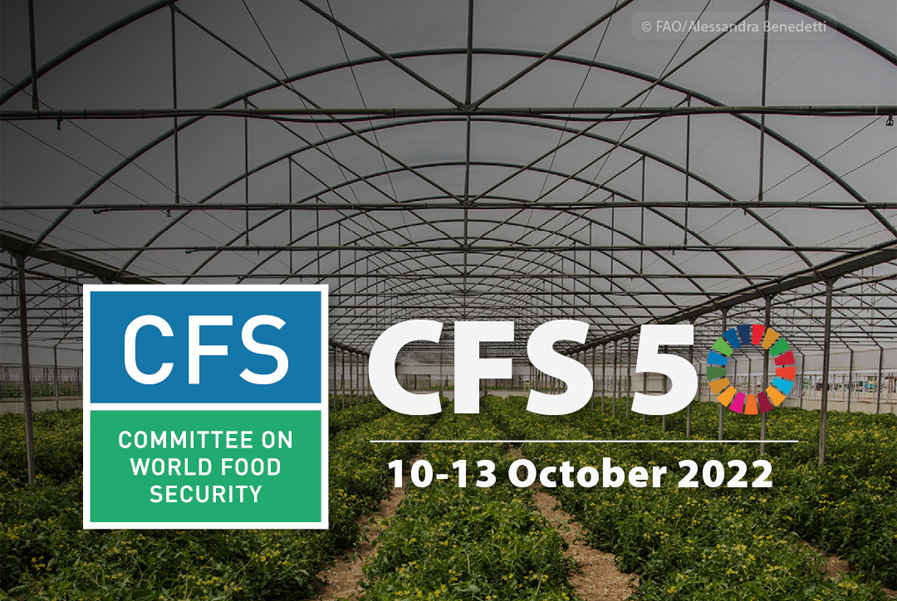
CIFOR-ICRAF at the 50th session of the Committee on World Food Security
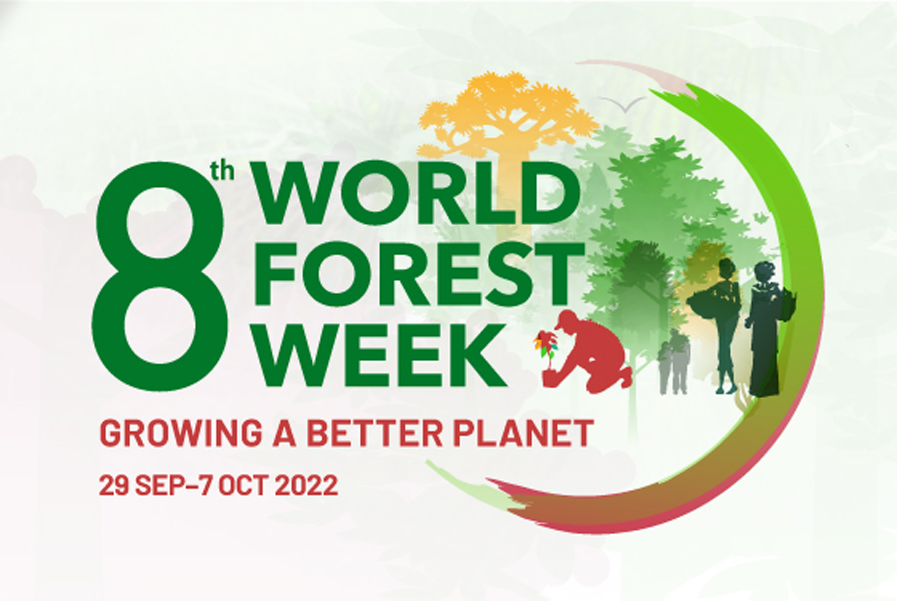
CIFOR-ICRAF at the 8th World Forest Week
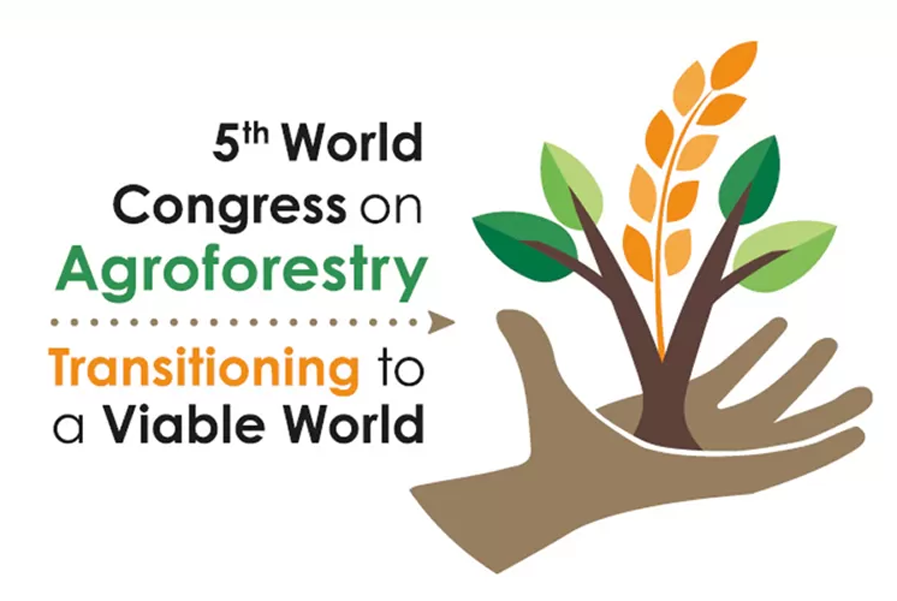
CIFOR-ICRAF at the 5th World Congress on Agroforestry
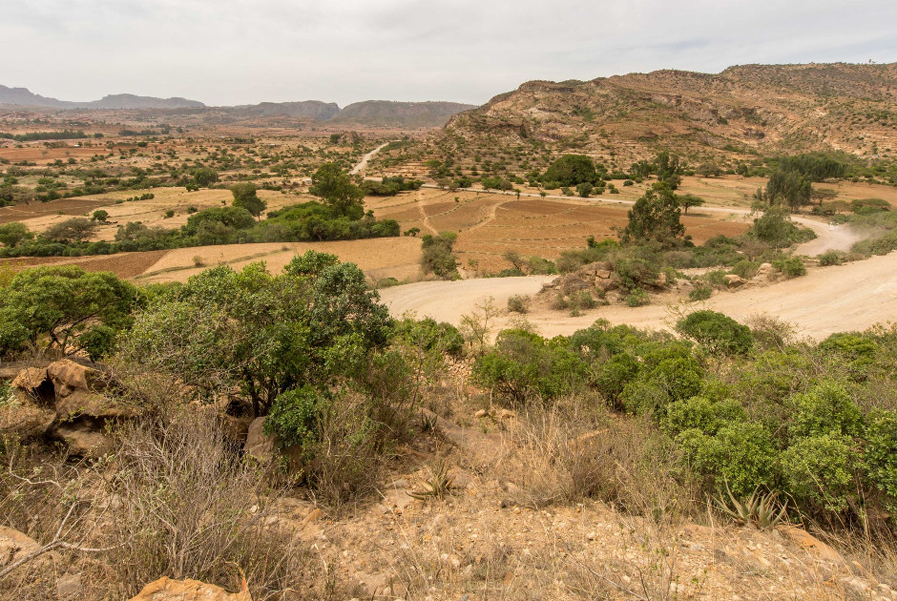
CIFOR-ICRAT at UNCCD COP15: Land restoration is crucial for resilience
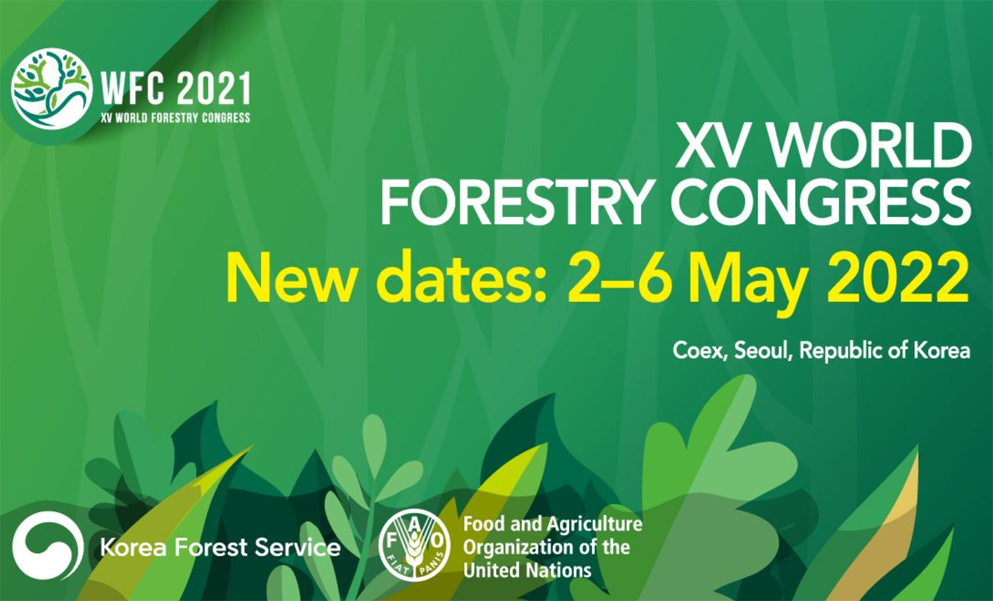
XV World Forestry Congress: Building a Green, Healthy and Resilient Future with Forests
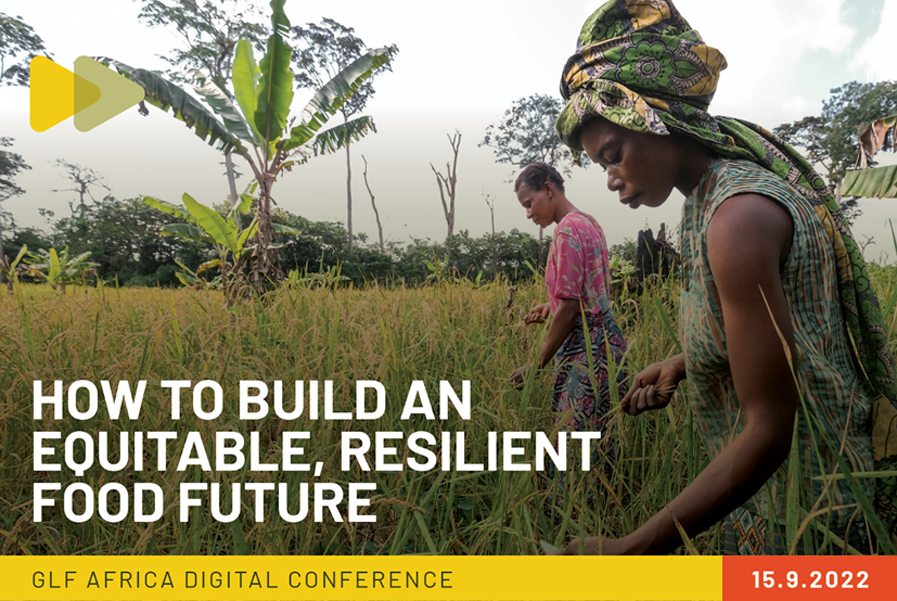
GLF Africa Digital Conference 2022
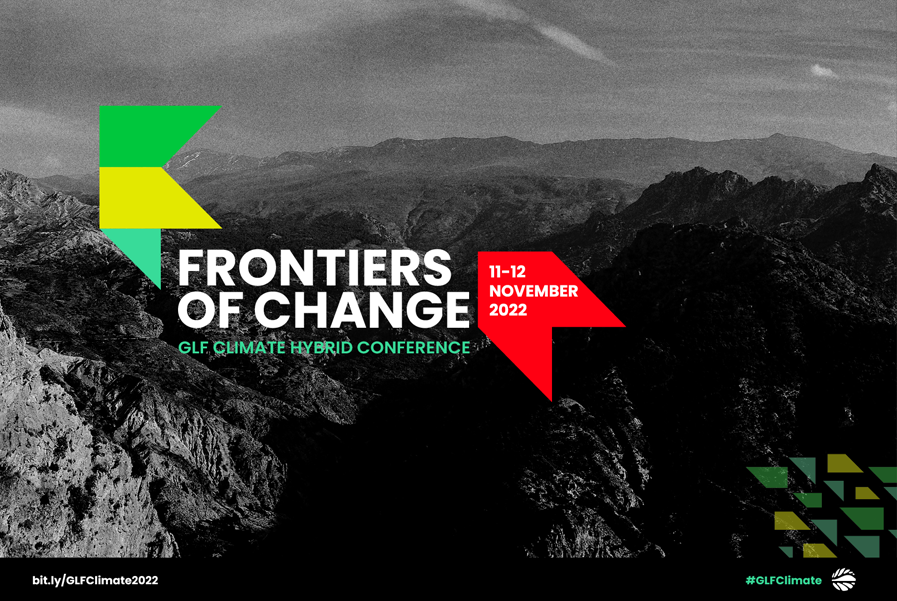
GLF Climate 2022
In Depth
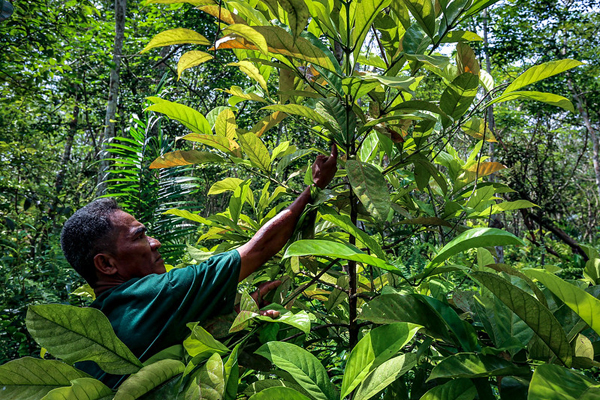
Agroforestry needs visibility in national budgets to track climate progress
Trees on farms are vital to human well-being, providing households with food, fuelwood, and rural incomes. They also protect ecosystems by sequestering carbon, preventing soil erosion, and supporting the biodiversity of animal and plant life on Earth. As such, a CIFOR-ICRAF study in the Rwandan context recommended boosting government spending on trees on farms.
Read more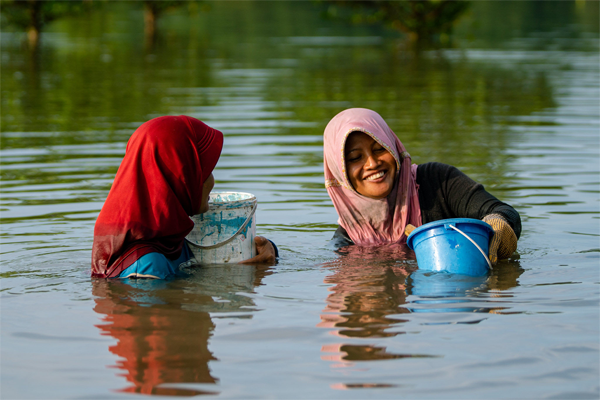
Healthier mangroves, more fish
Mangroves are finally having a moment. Global recognition is growing of their role as major carbon sinks and the ways they protect coastlines from floods and storm surges. They also harbor a variety of fish and other aquatic animals that support the diets and livelihoods of coastal communities. Here, a new study shows how conserving these critical ecosystems can boost food security and nutrition.
Read more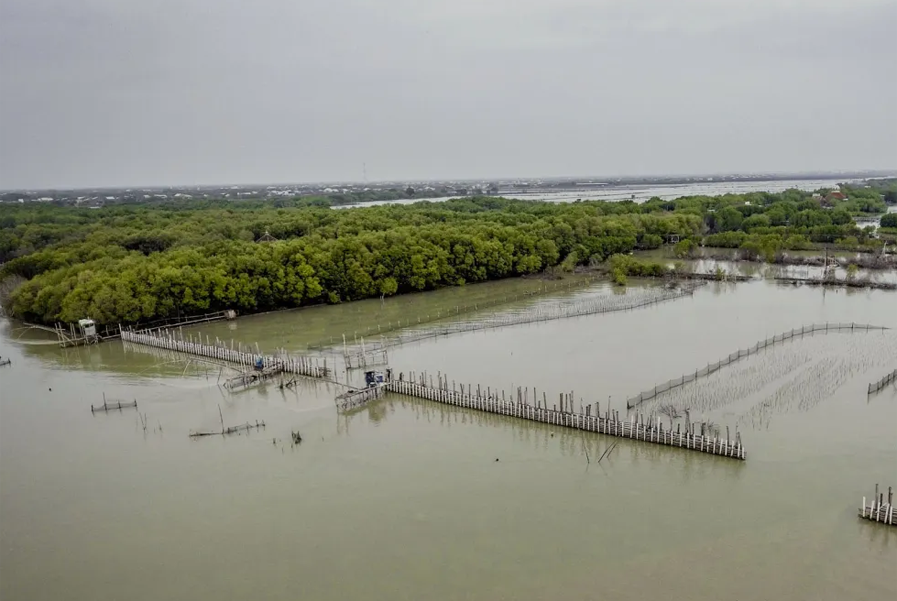
Sink, shift, or sprout? Restoring mangroves in vulnerable coastal settlements
Timbulsloko Village seems to be sinking. At high tide, the ocean enters people’s houses, and licks at their floors and furniture. During storm surges and heavy rains, the sea takes bigger bites out of homes and pathways. The road through town, carefully paved with concrete, is sodden and impassable. Restoring mangroves could be a lifeline for vulnerable coastal settlements like this.
Read more
Zambia’s agroecological miracle workers: hope for a food-insecure world
Special reporter Patrick Worms writes passionately about what he witnessed among agroecological farmers in Zambia, and the potential for expanding their practices much more widely.
Read more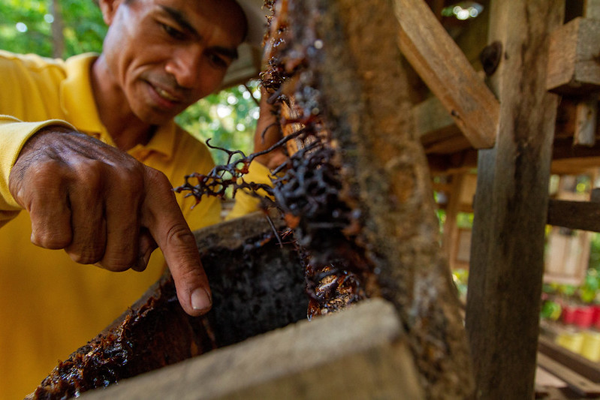
From honey to handicrafts: Shaping sustainable livelihoods on Sumbawa
What does a group of women basket-weavers have in common with a batch of freshly trained beekeepers and a cooperative designing village ecotourism and regulations to support it? They were all part of the Kanoppi Project in Sumbawa District of Sumbawa Island in Indonesia’s West Nusa Tenggara province, which concluded in December 2021.
Read more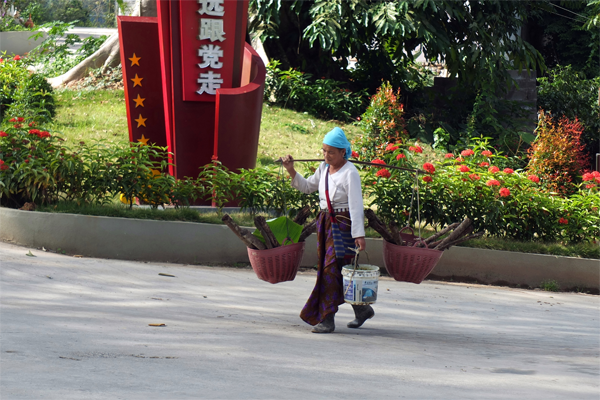
Feature: Celebrating International Women’s Day from China
Modern Chinese women enjoy unprecedented life expectancy, education levels, and living standards. Despite this, many barriers remain to achieving true gender equality, especially in the countryside. Ancient customs of the Dai people of Yunnan signal a way forward for narrowing the gender gap – not only in China, but in rural areas around the world.
Read moreSocial media

Soil is more than dirt: World Soil Day
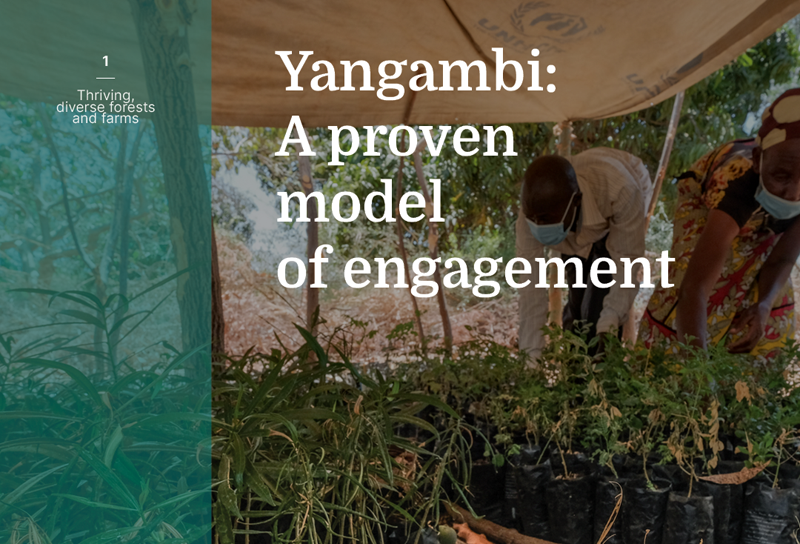
Harnessing the power of forests, trees and agroforestry
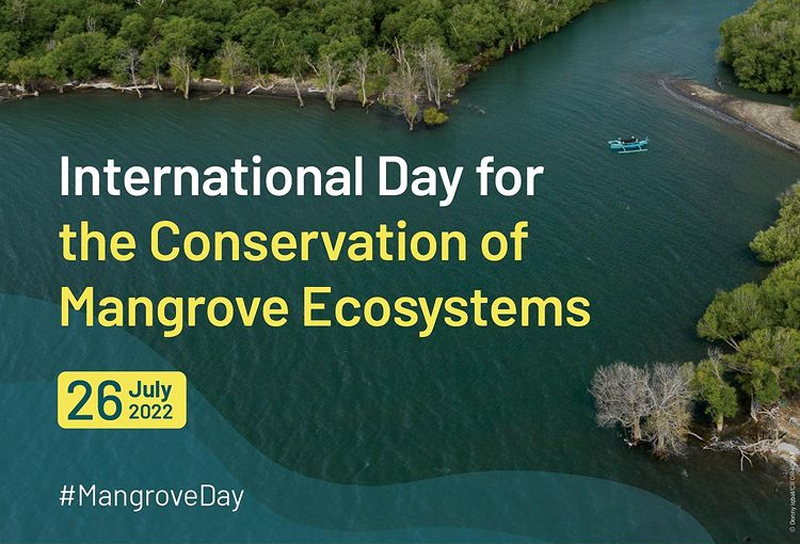
International Day for the Conservation of Mangrove Ecosystems
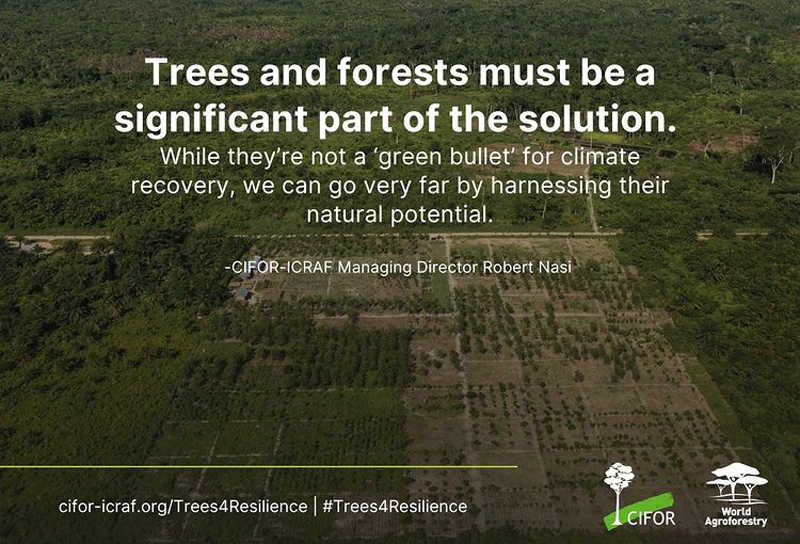
Trees are one of our best investments in resilience – but who should foot the bill?
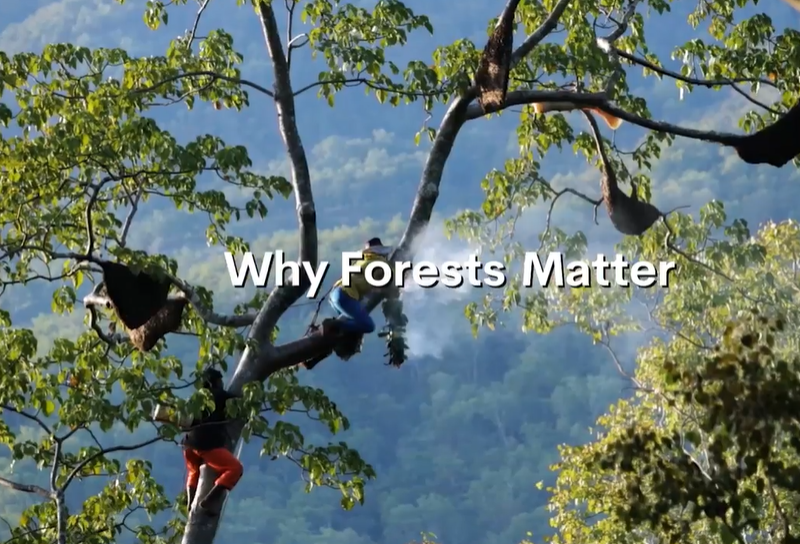
Trees for resilience
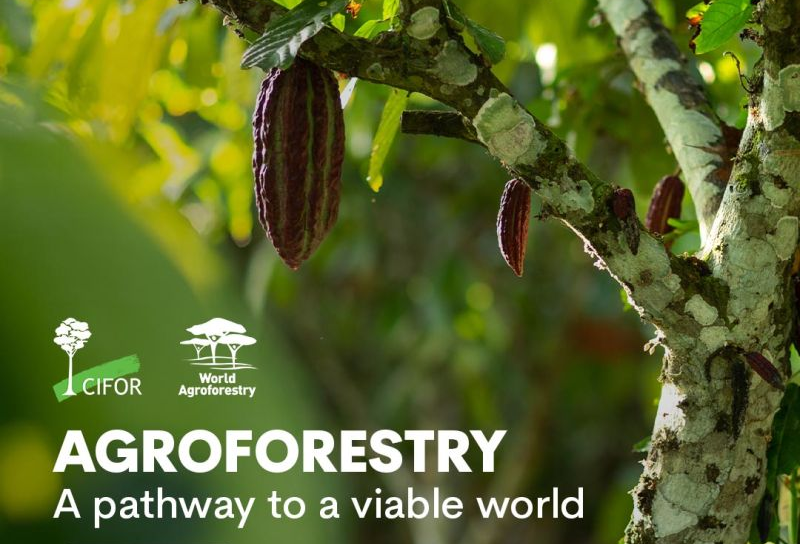
Agroforestry is the ‘future of global land use
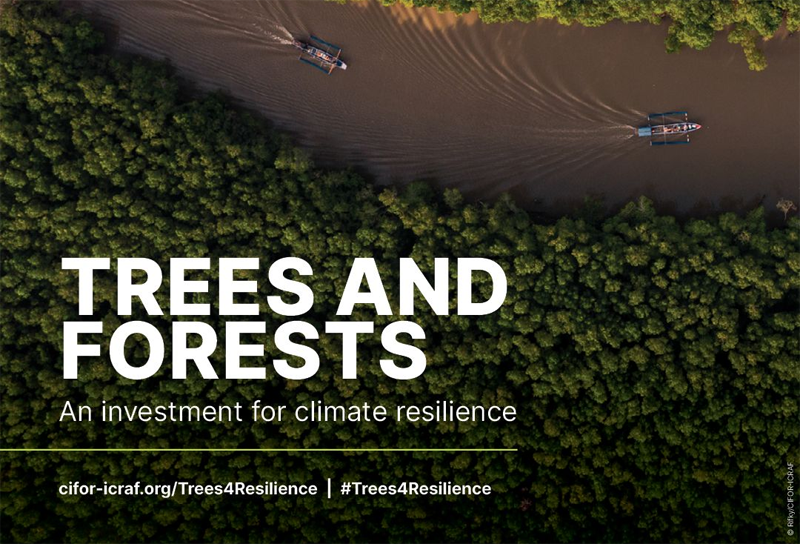
Trees and forests: an investment in climate resilience
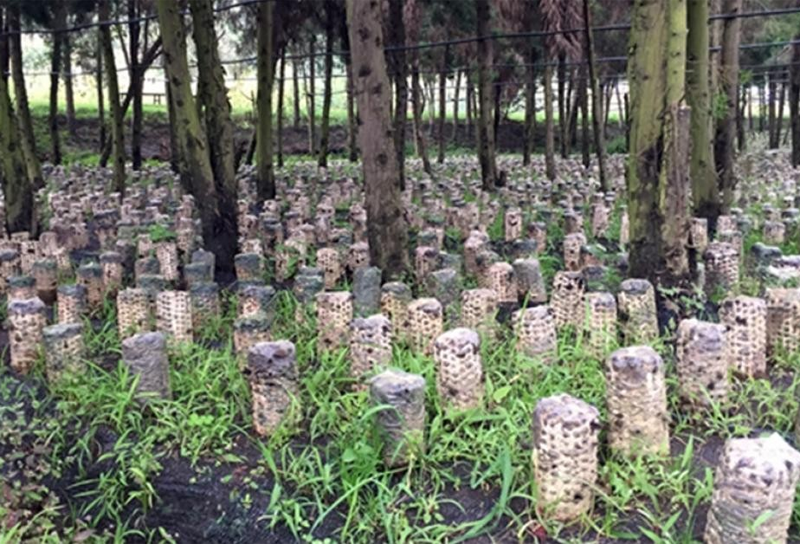
Forest-fungi Agroforestry
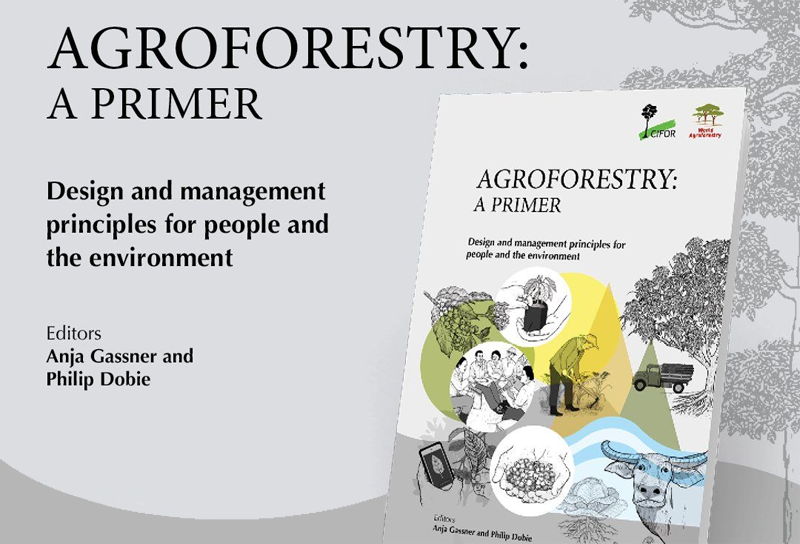
Agroforestry: A primer
Initiatives
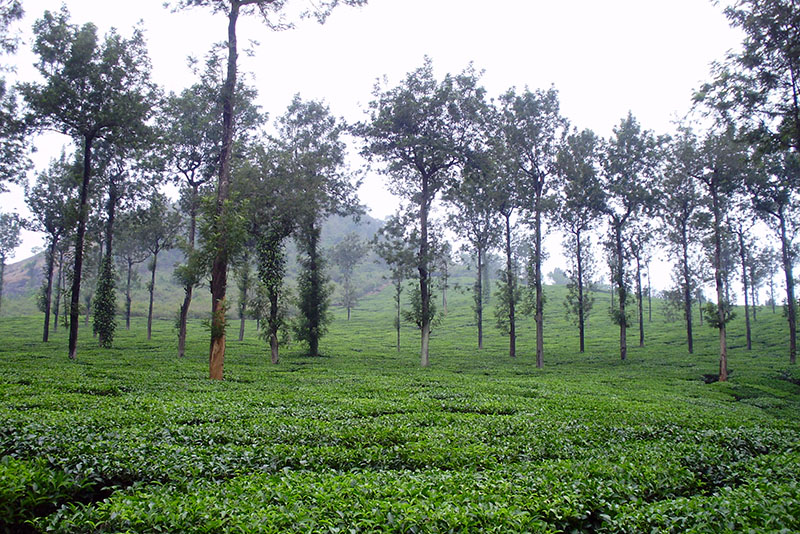
Trees Outside Forests in India – TOFI
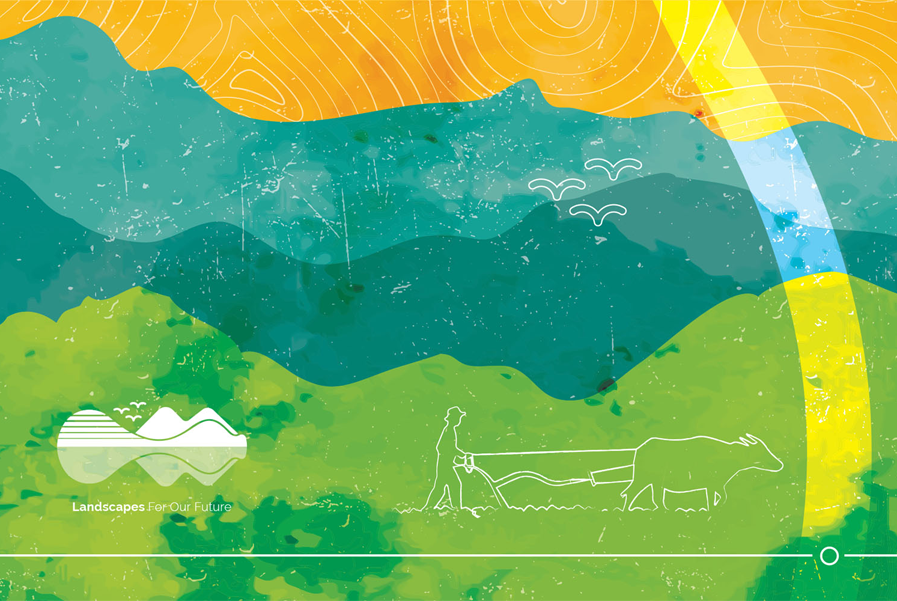
Landscapes for Our Future
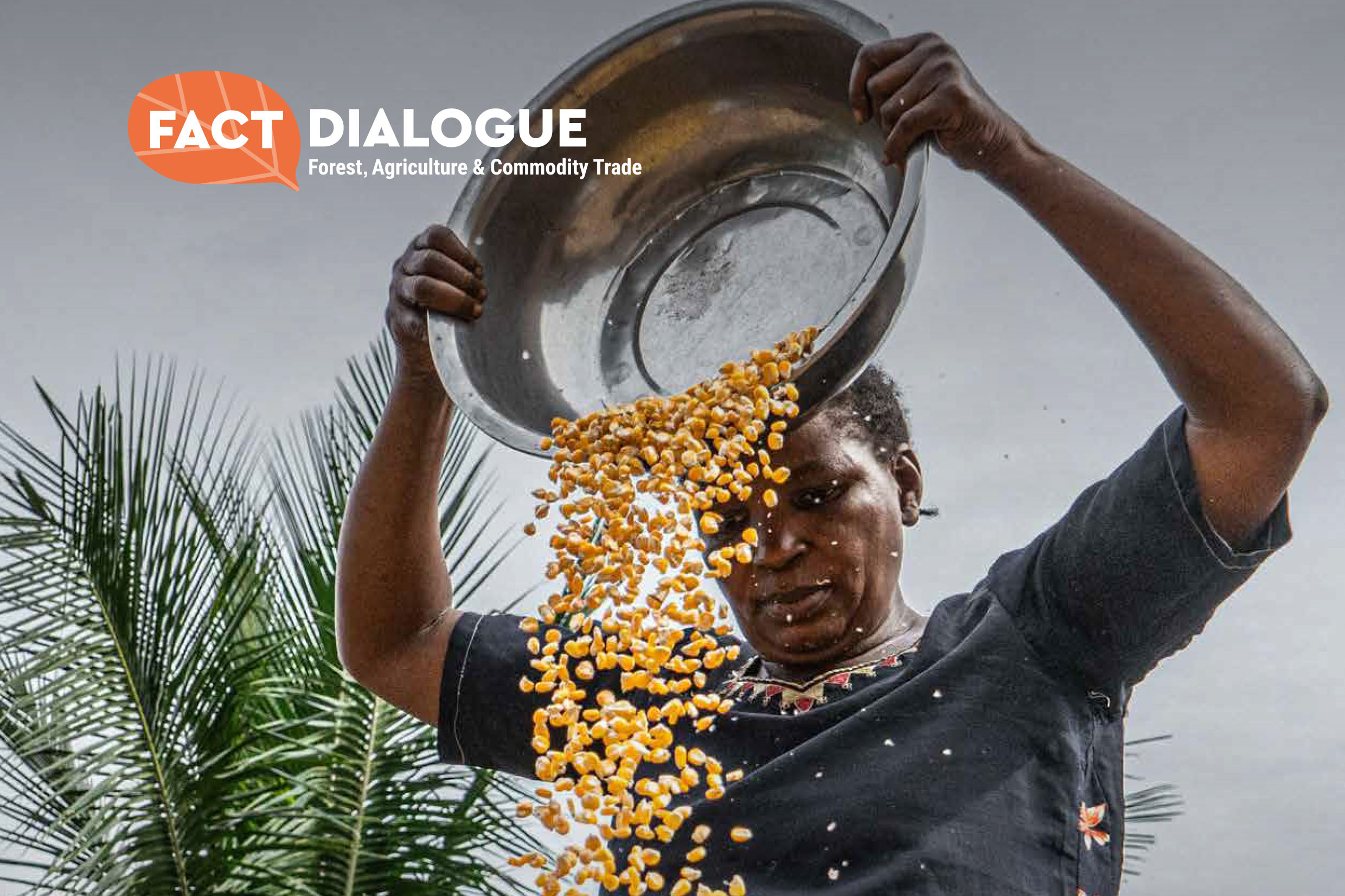
FACT Dialogue
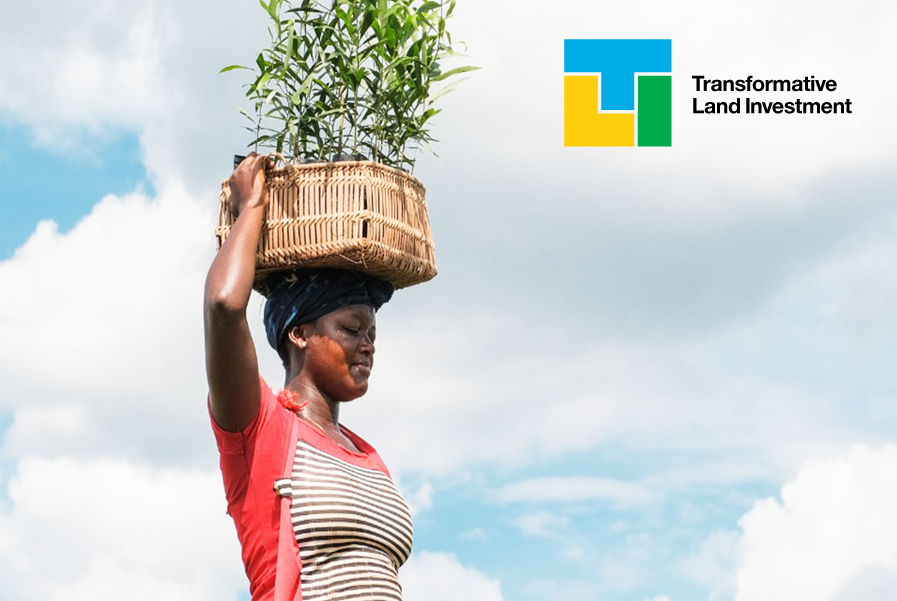
Transformative Land Investment
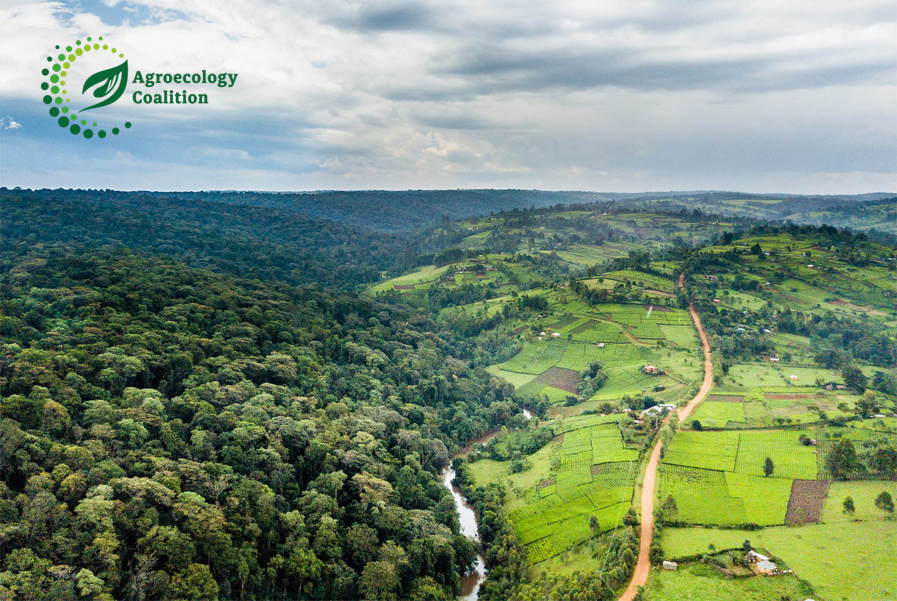
Agroecology Coalition
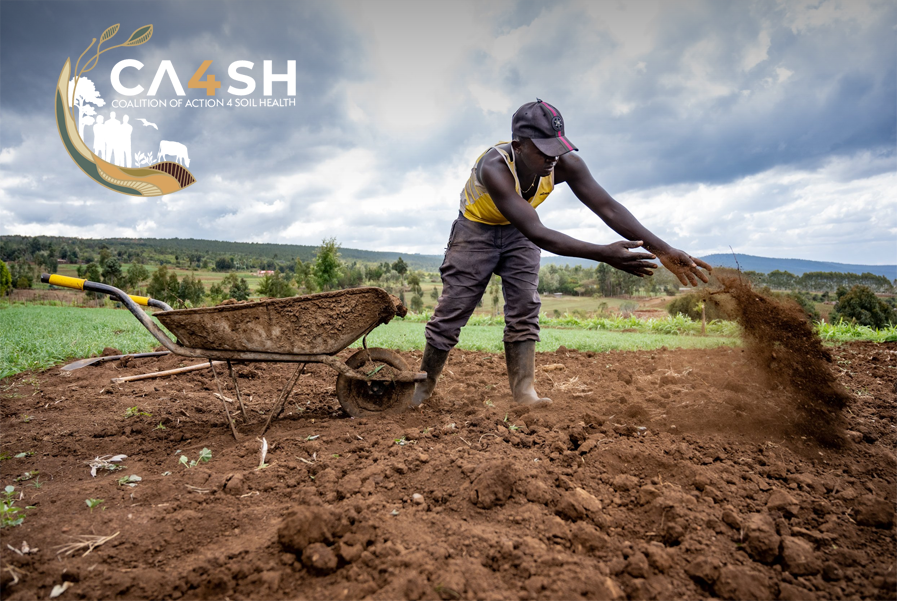
Coalition for Soil Health (CA4SH)
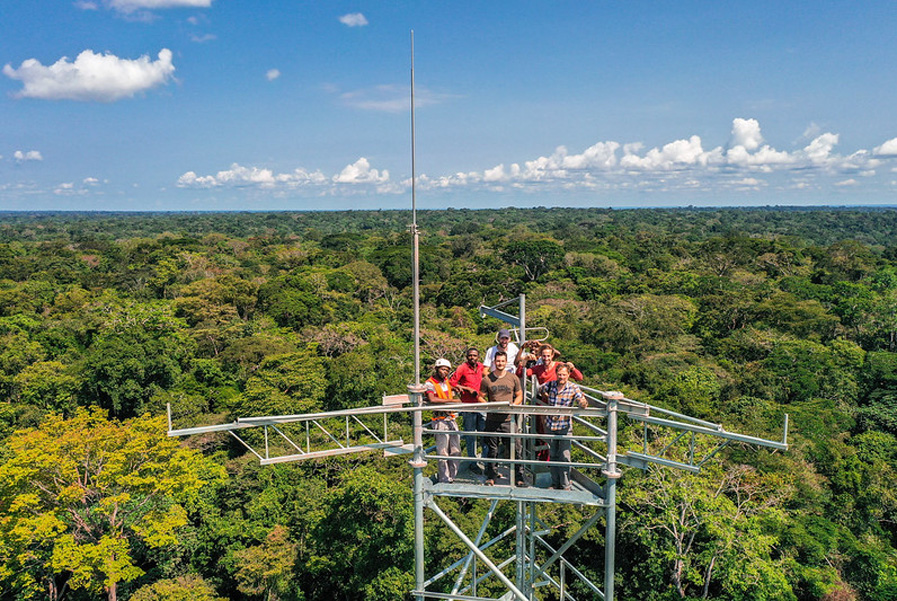
Yangambi
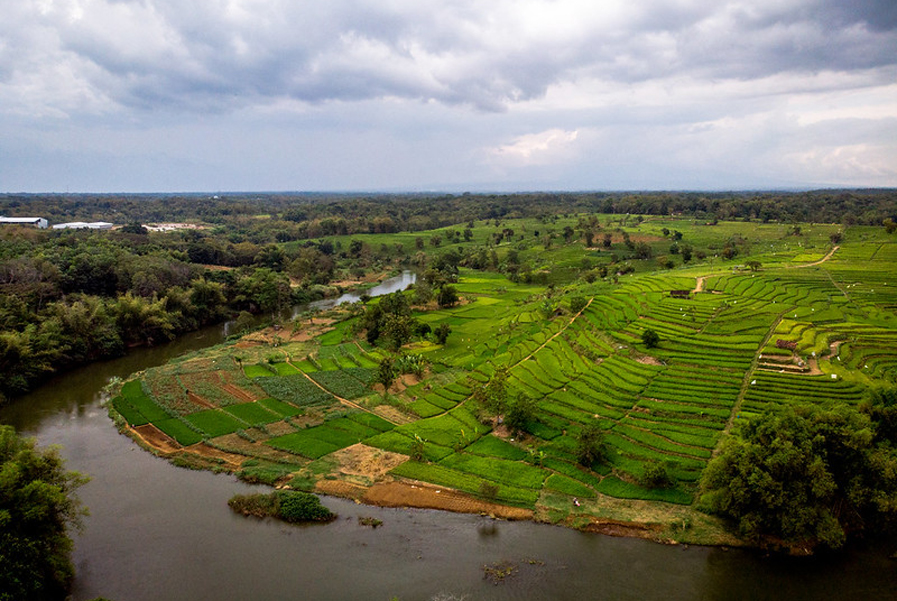
The Agroecological Transitions Program for Building Resilient and Inclusive Agricultural & Food Systems
